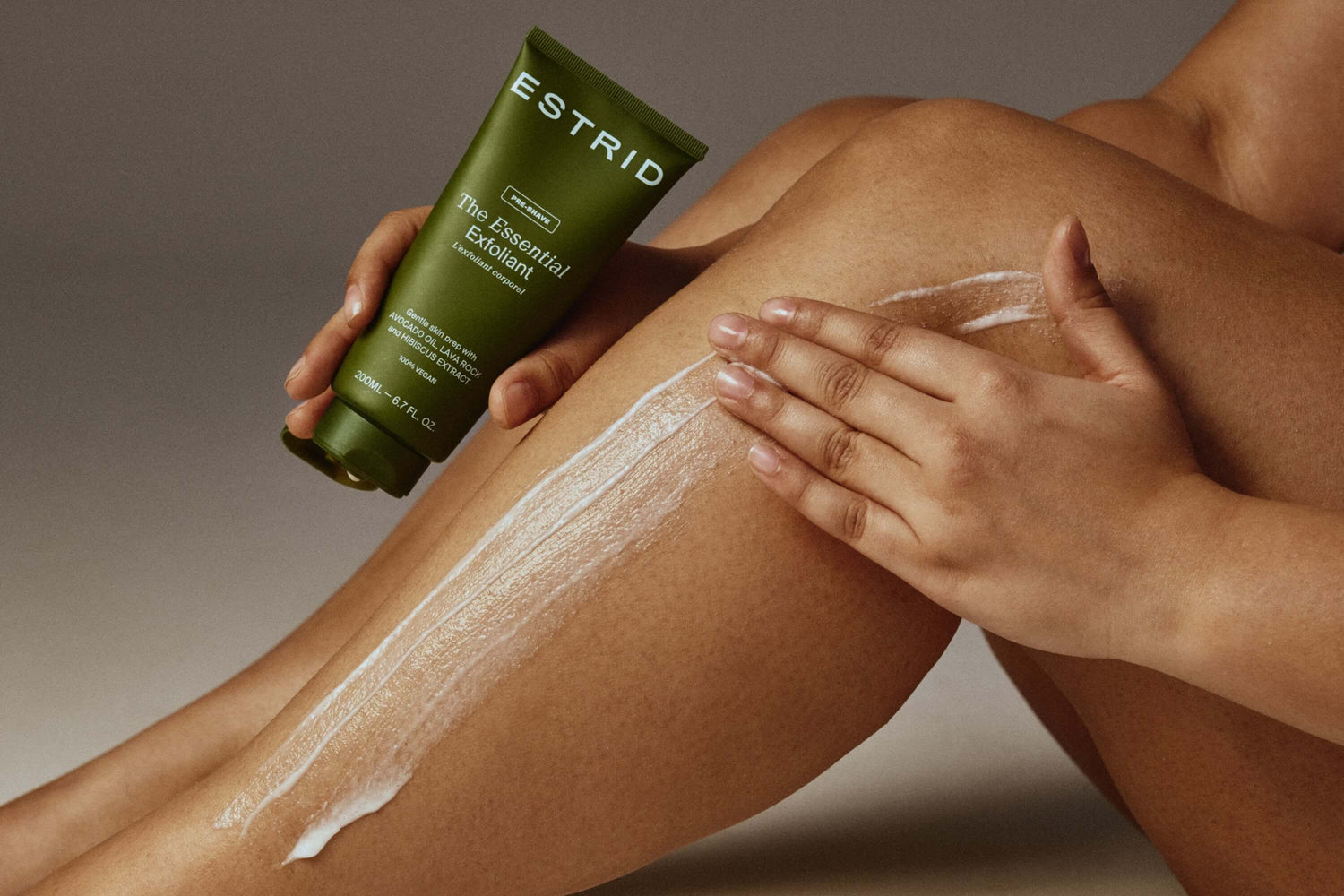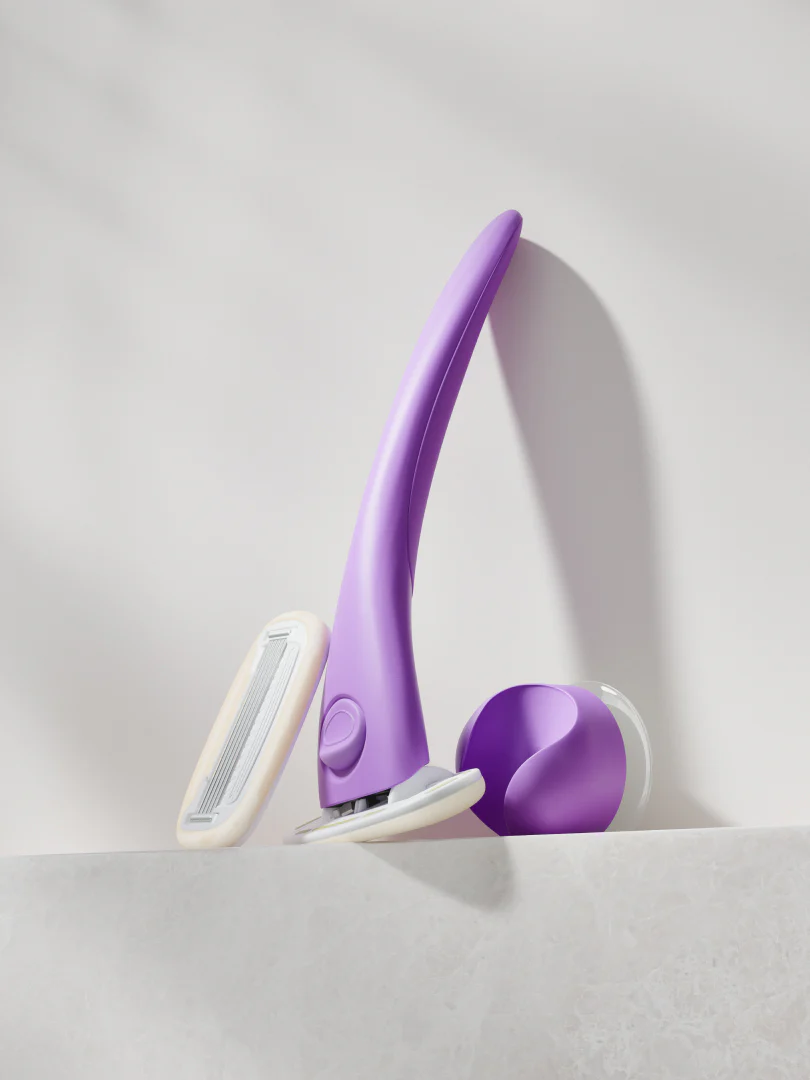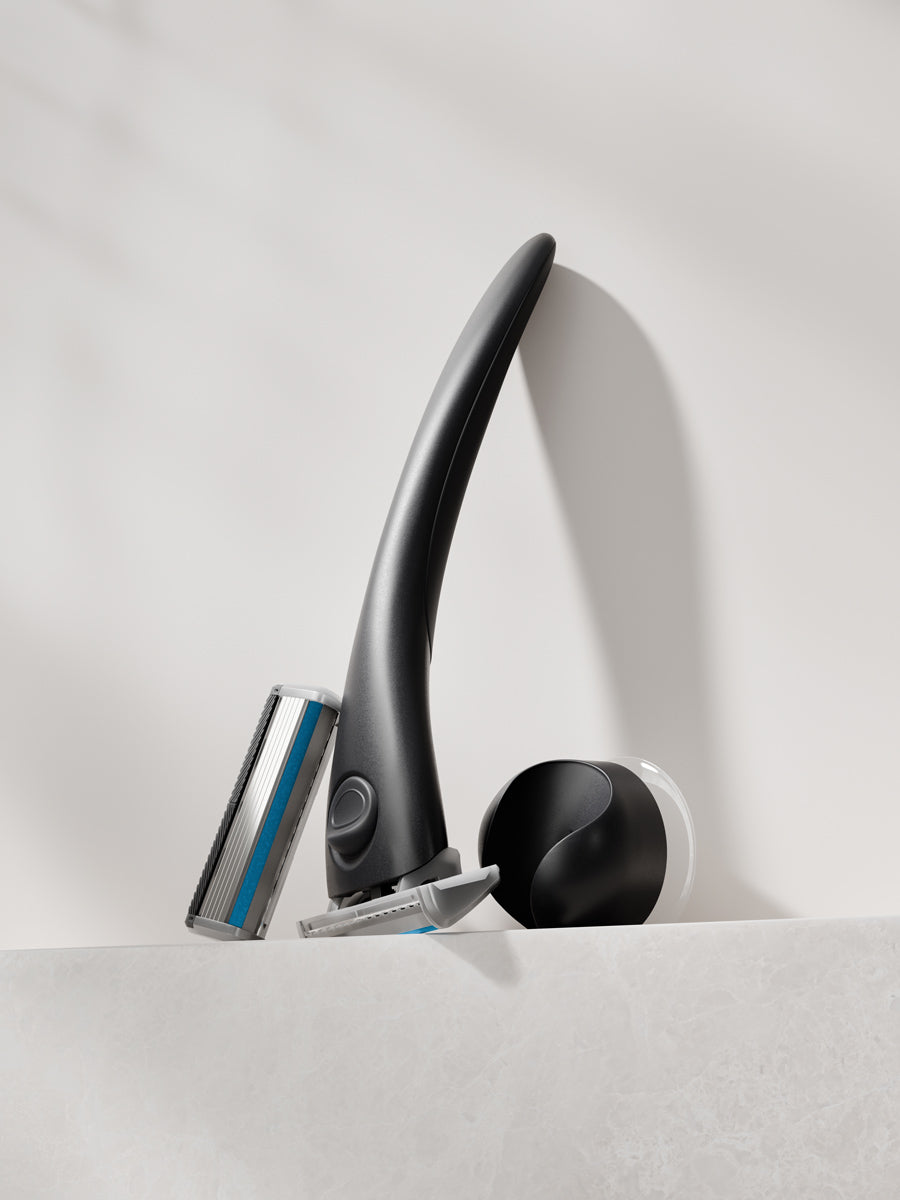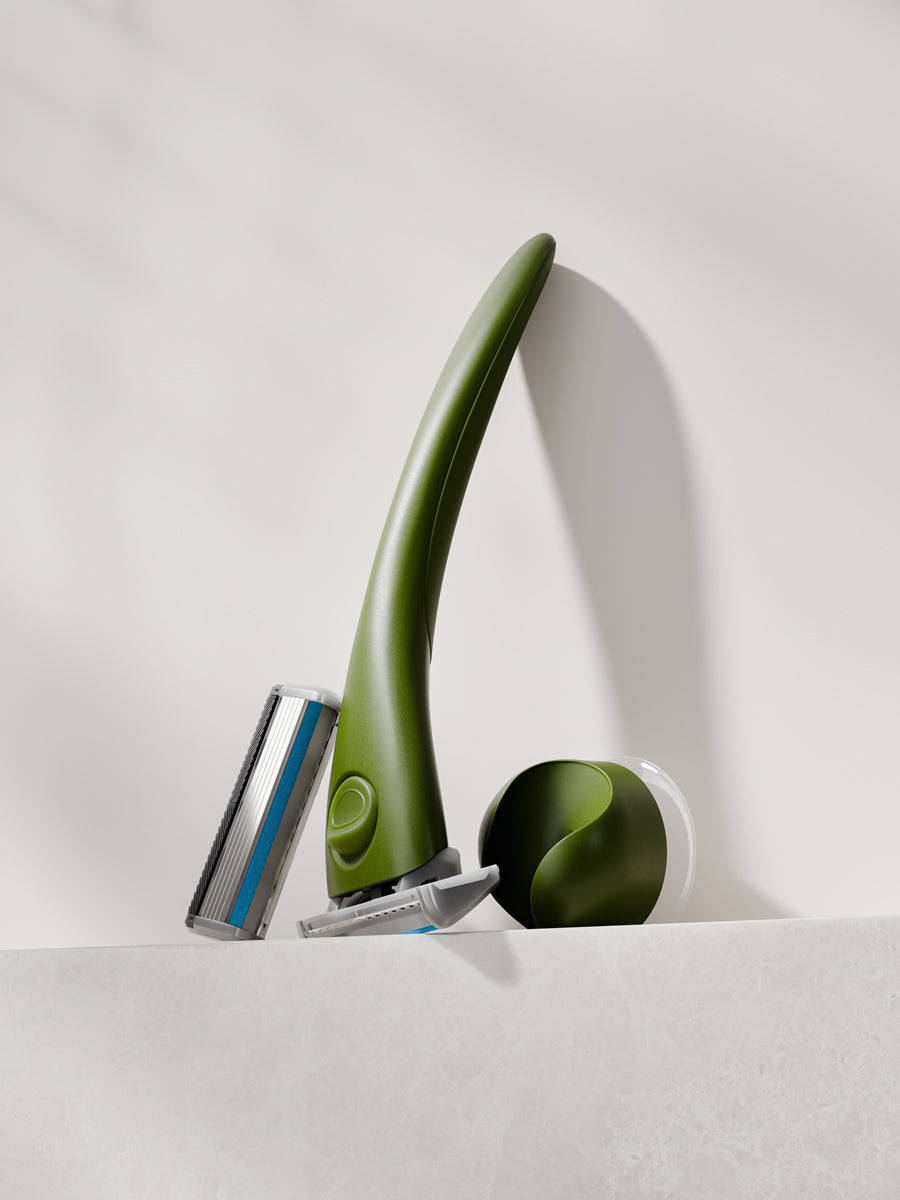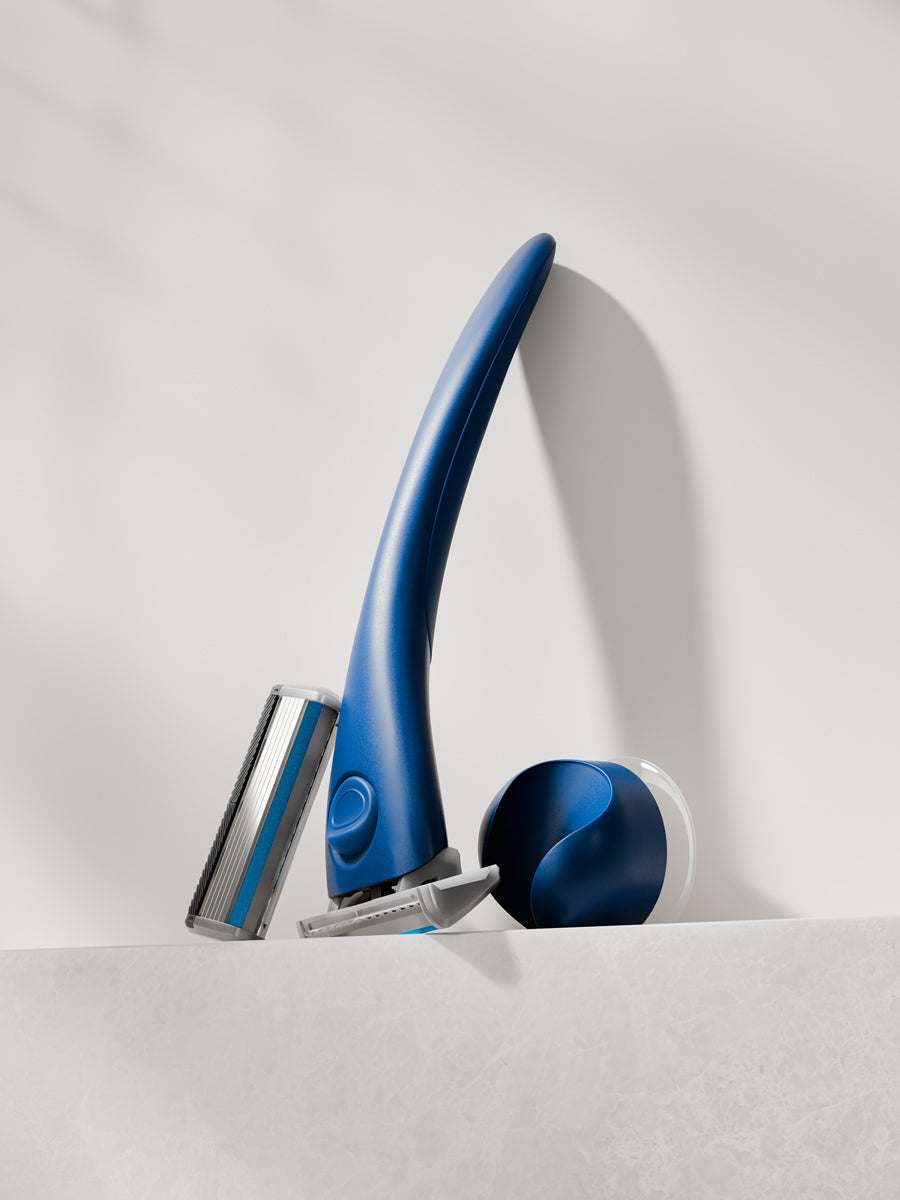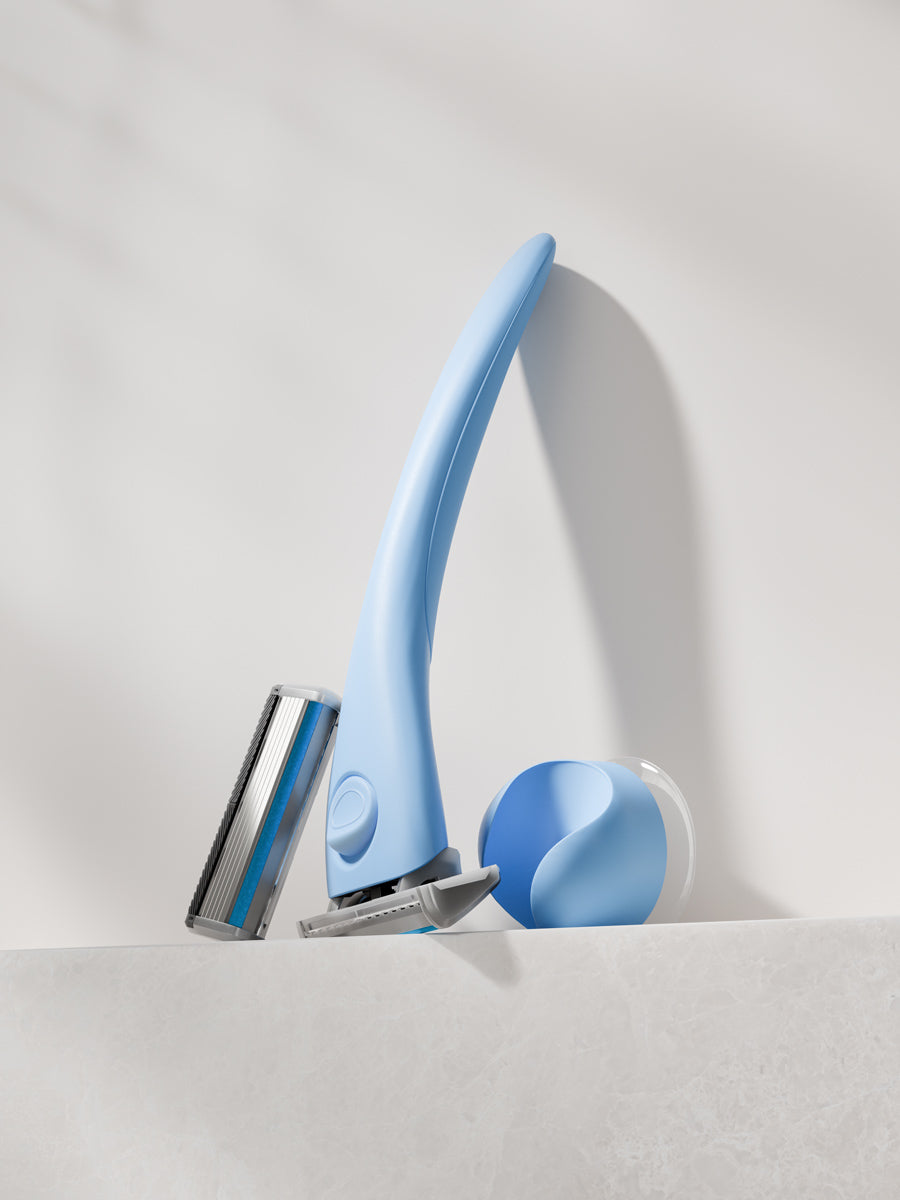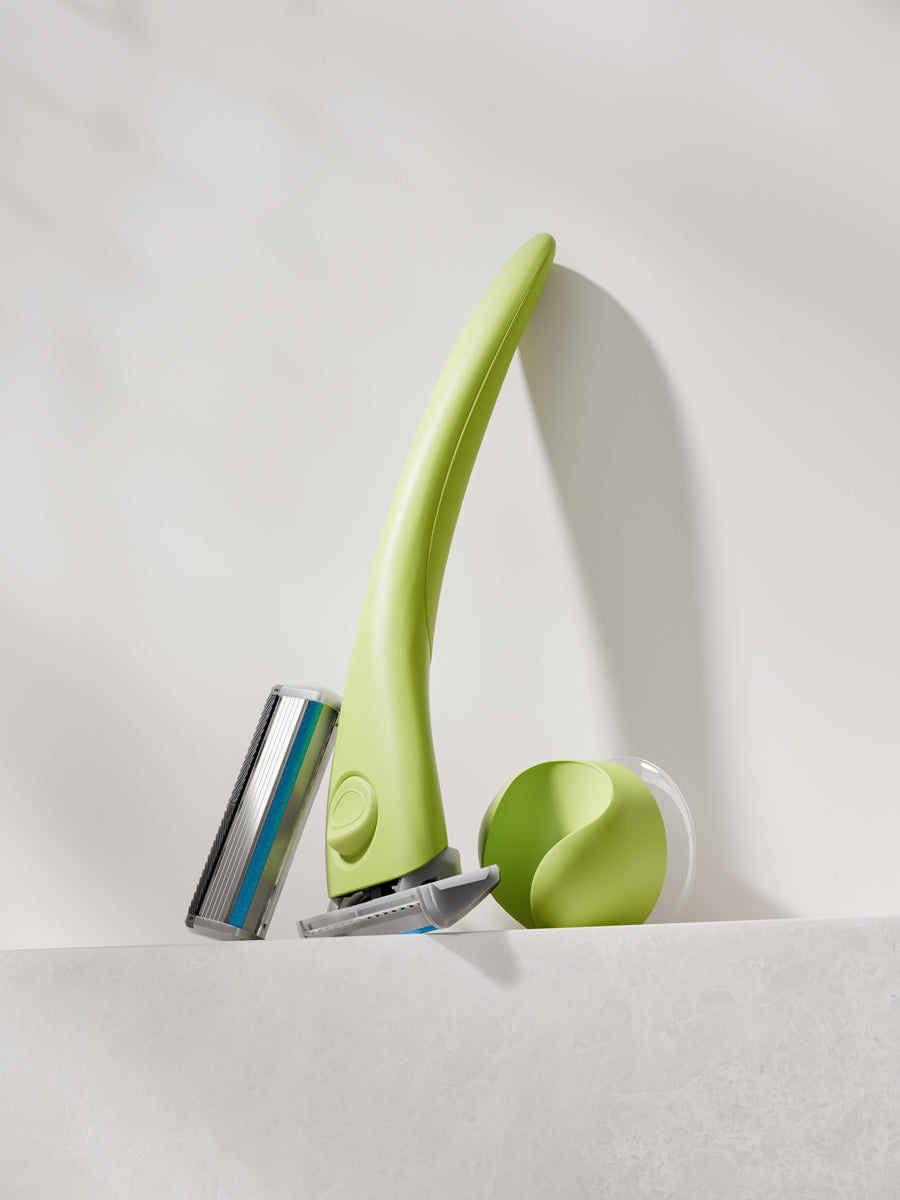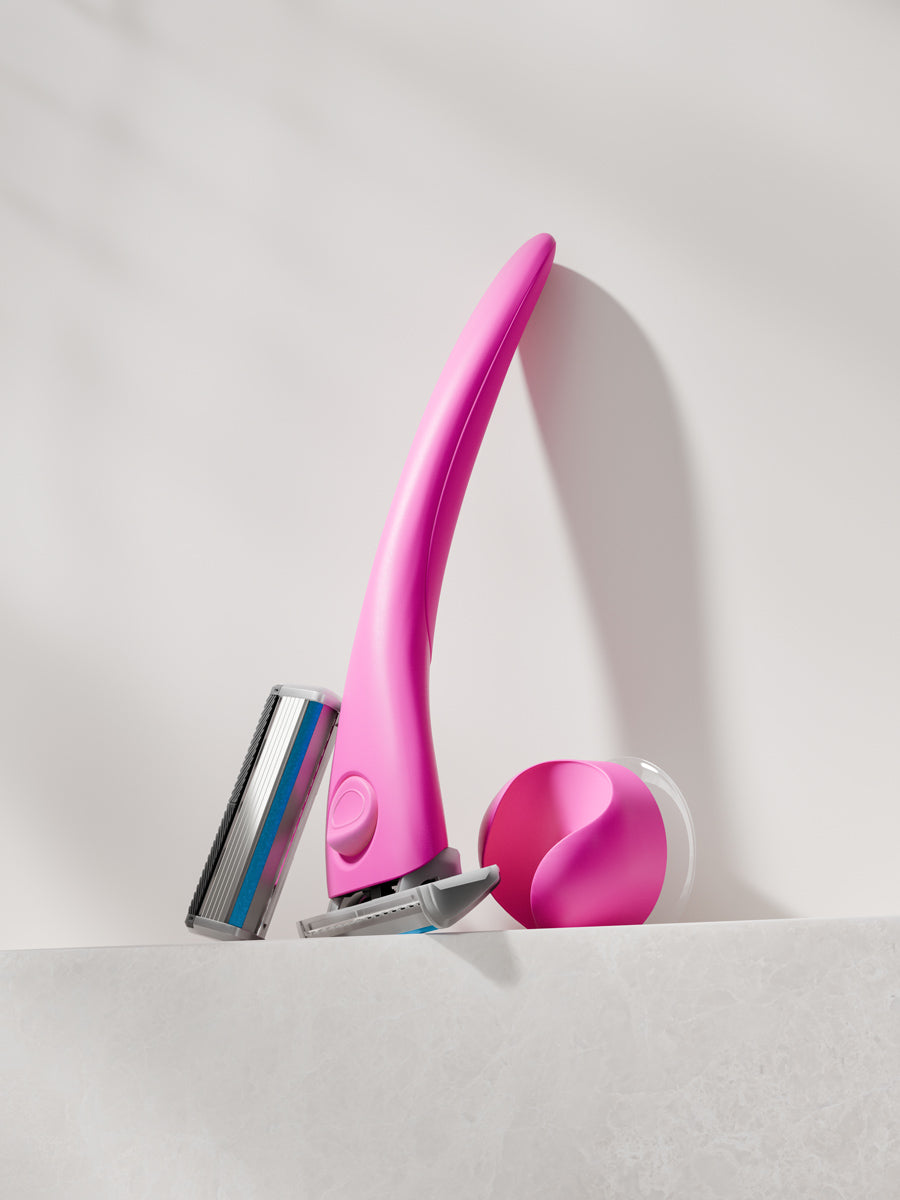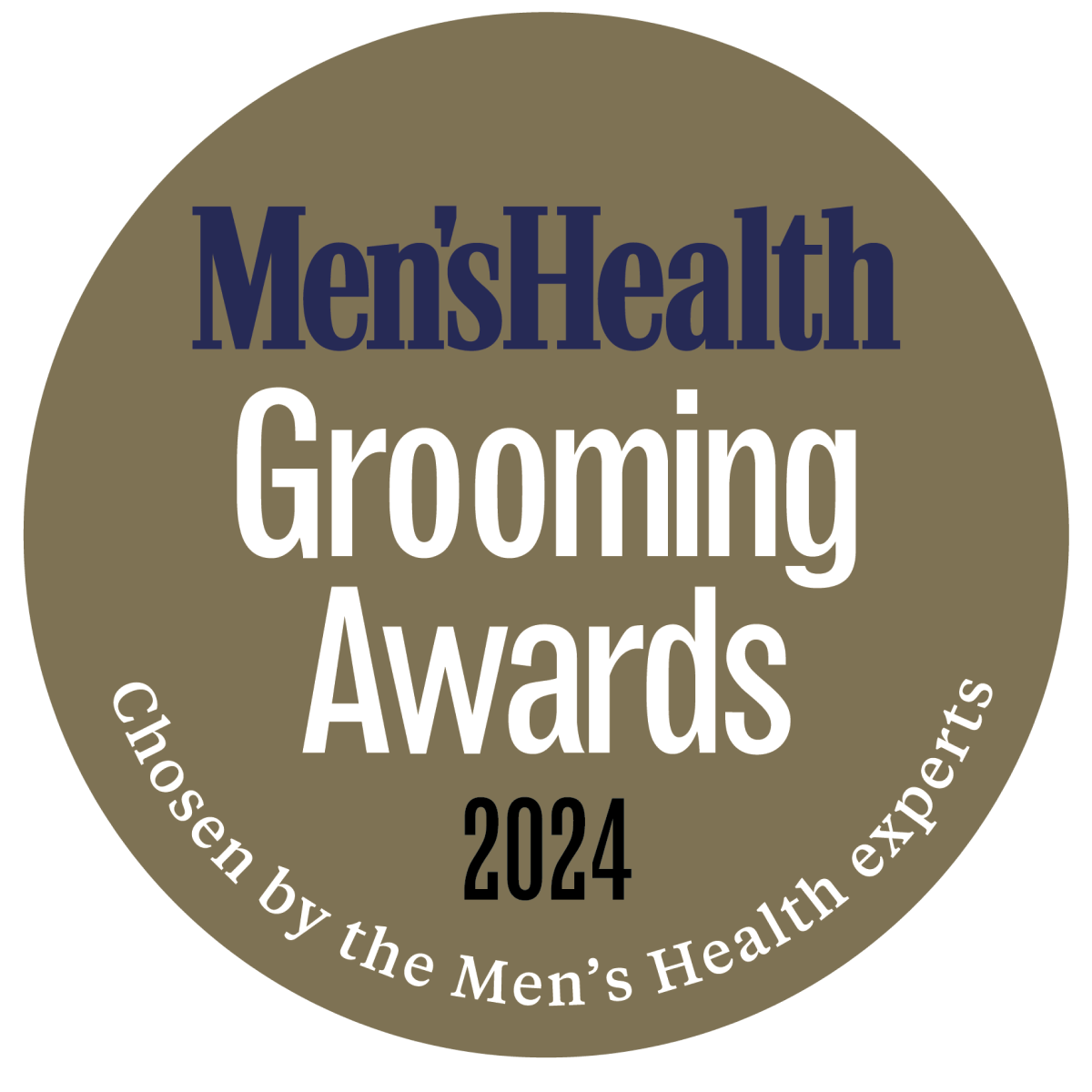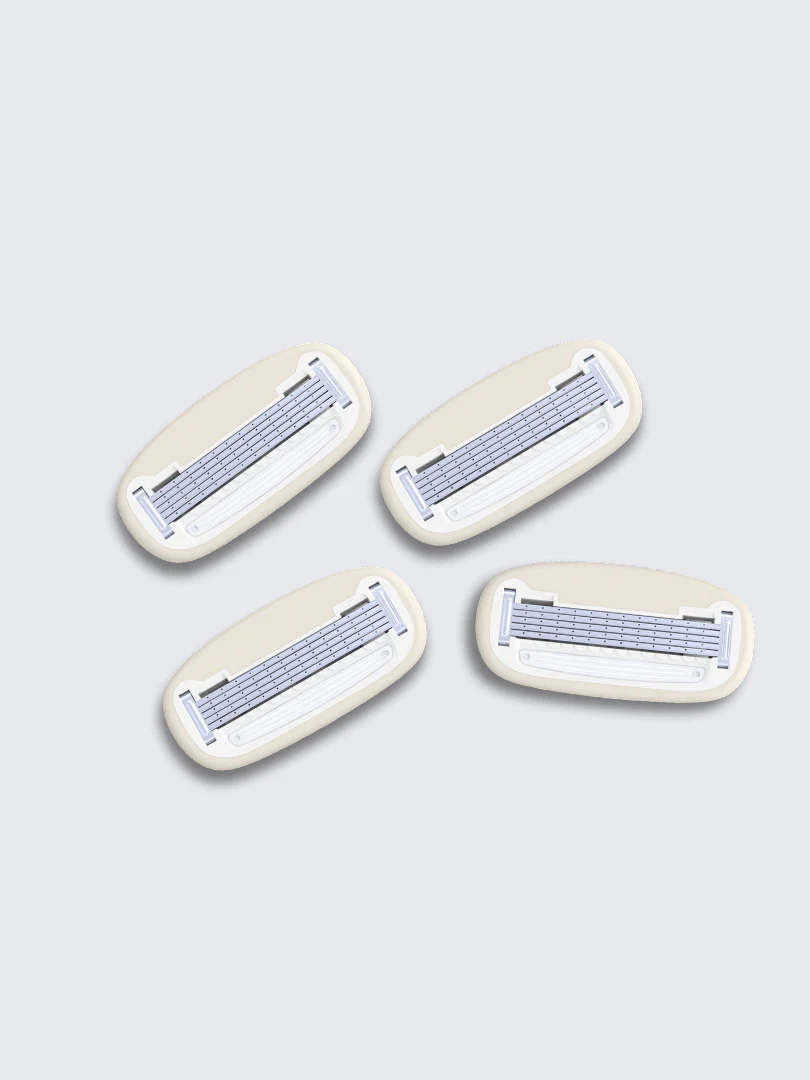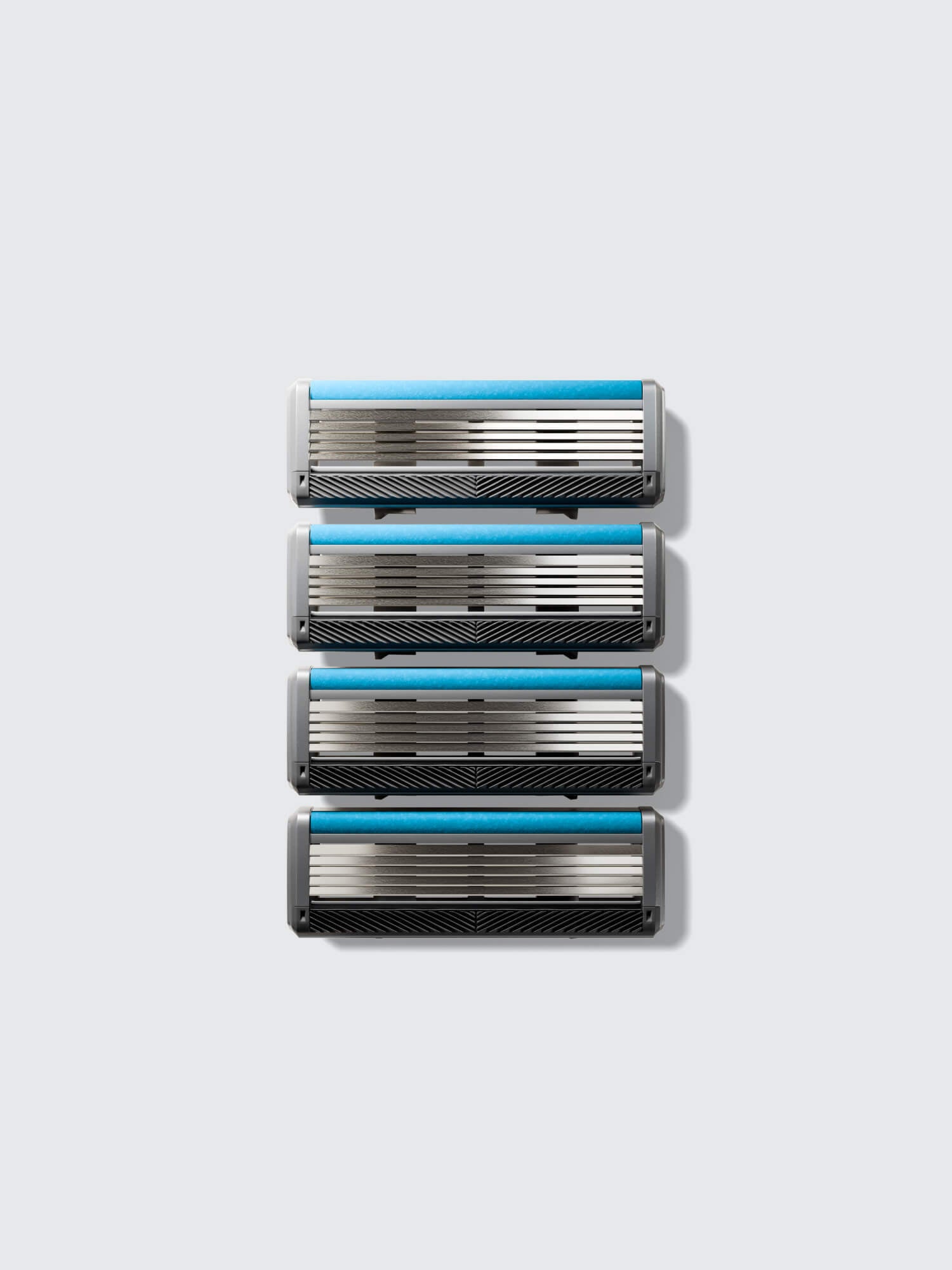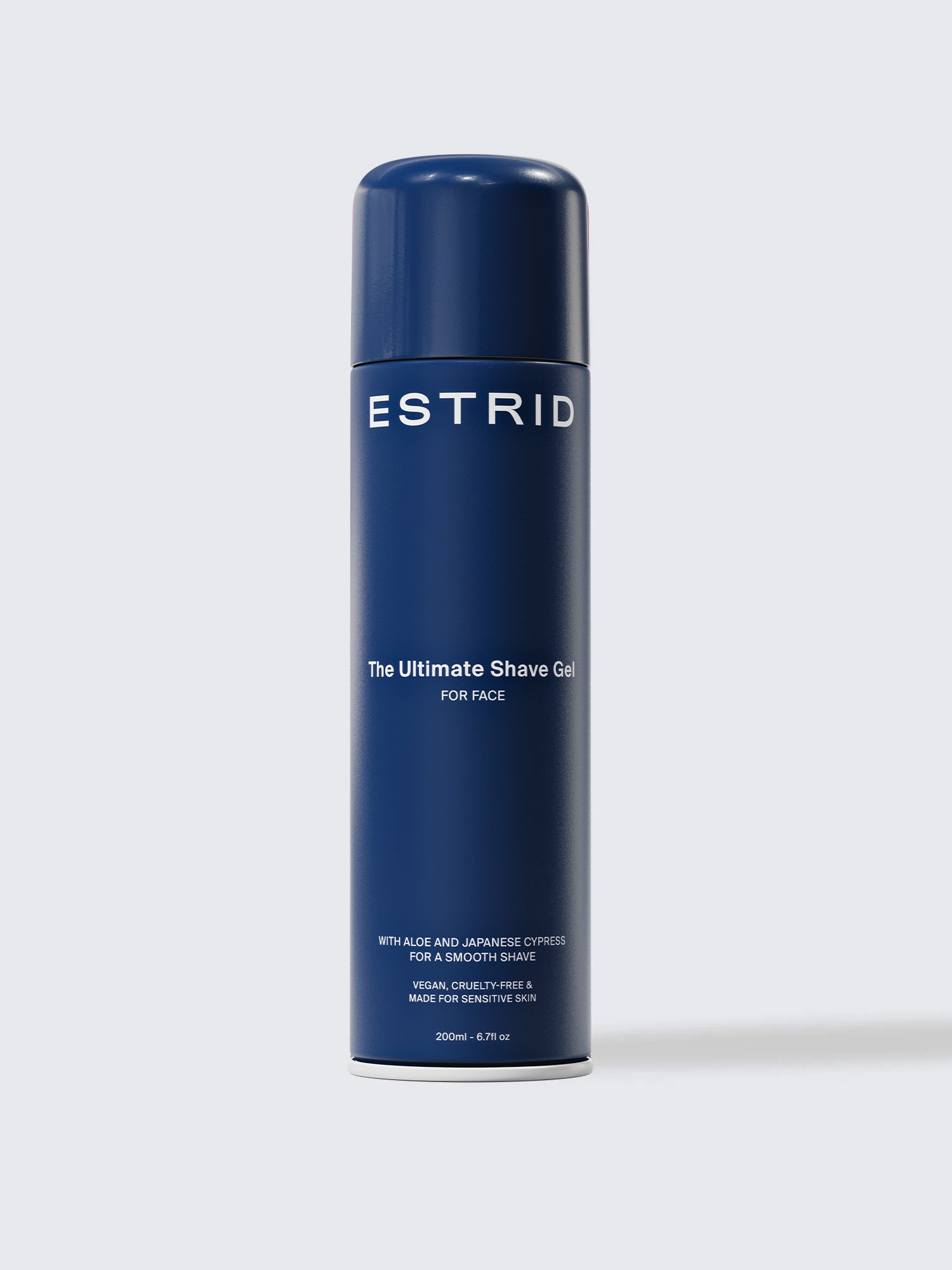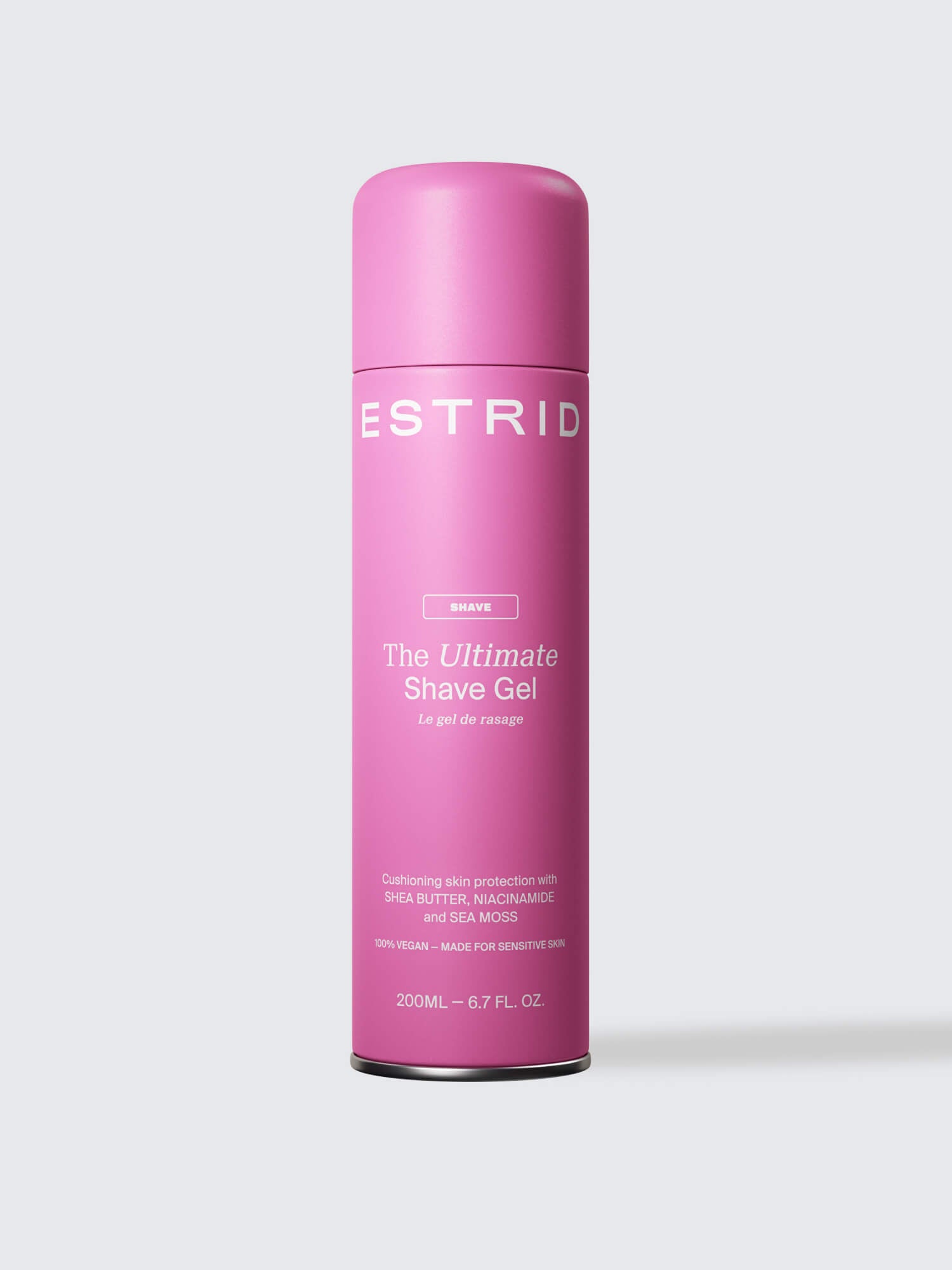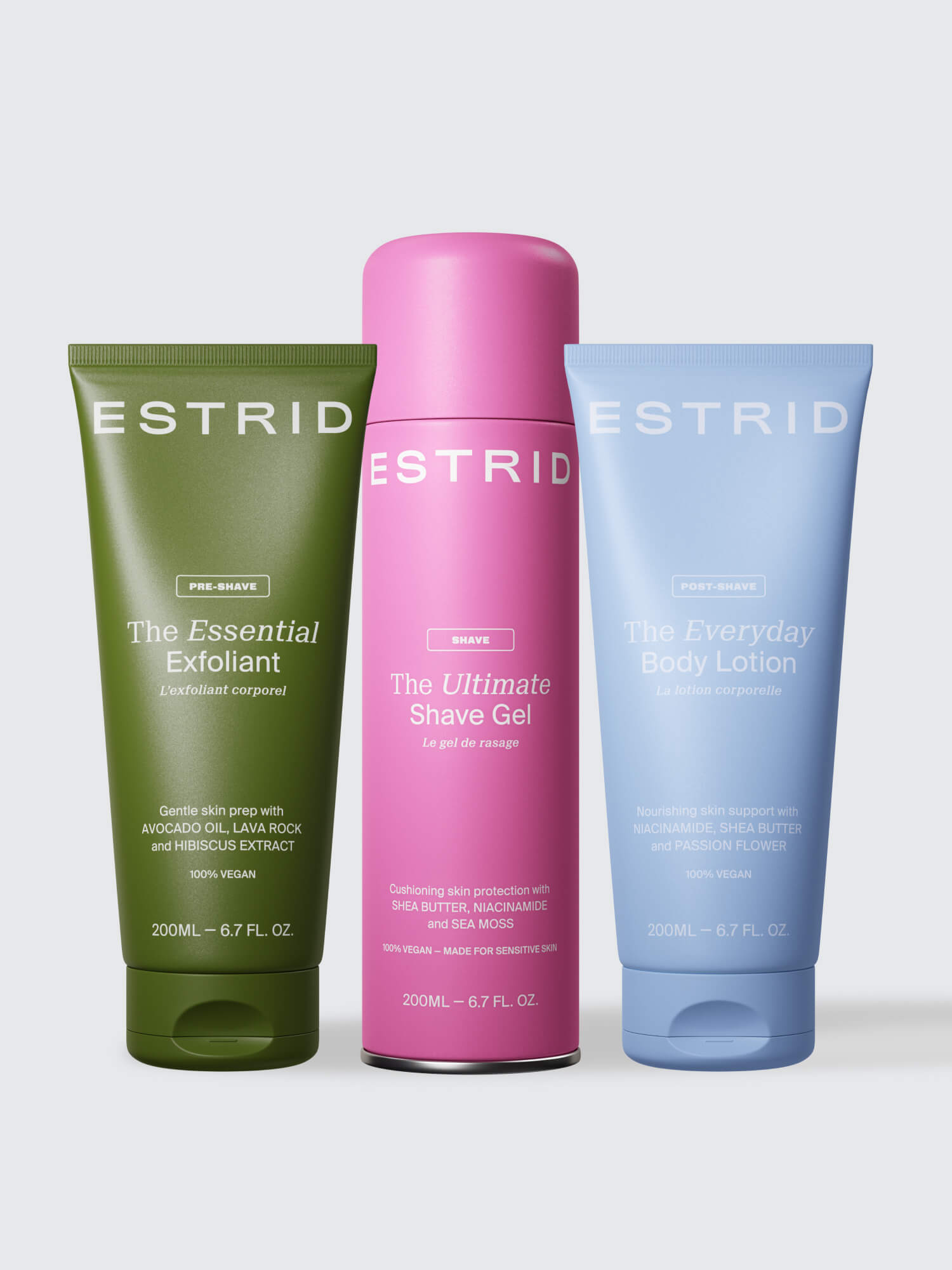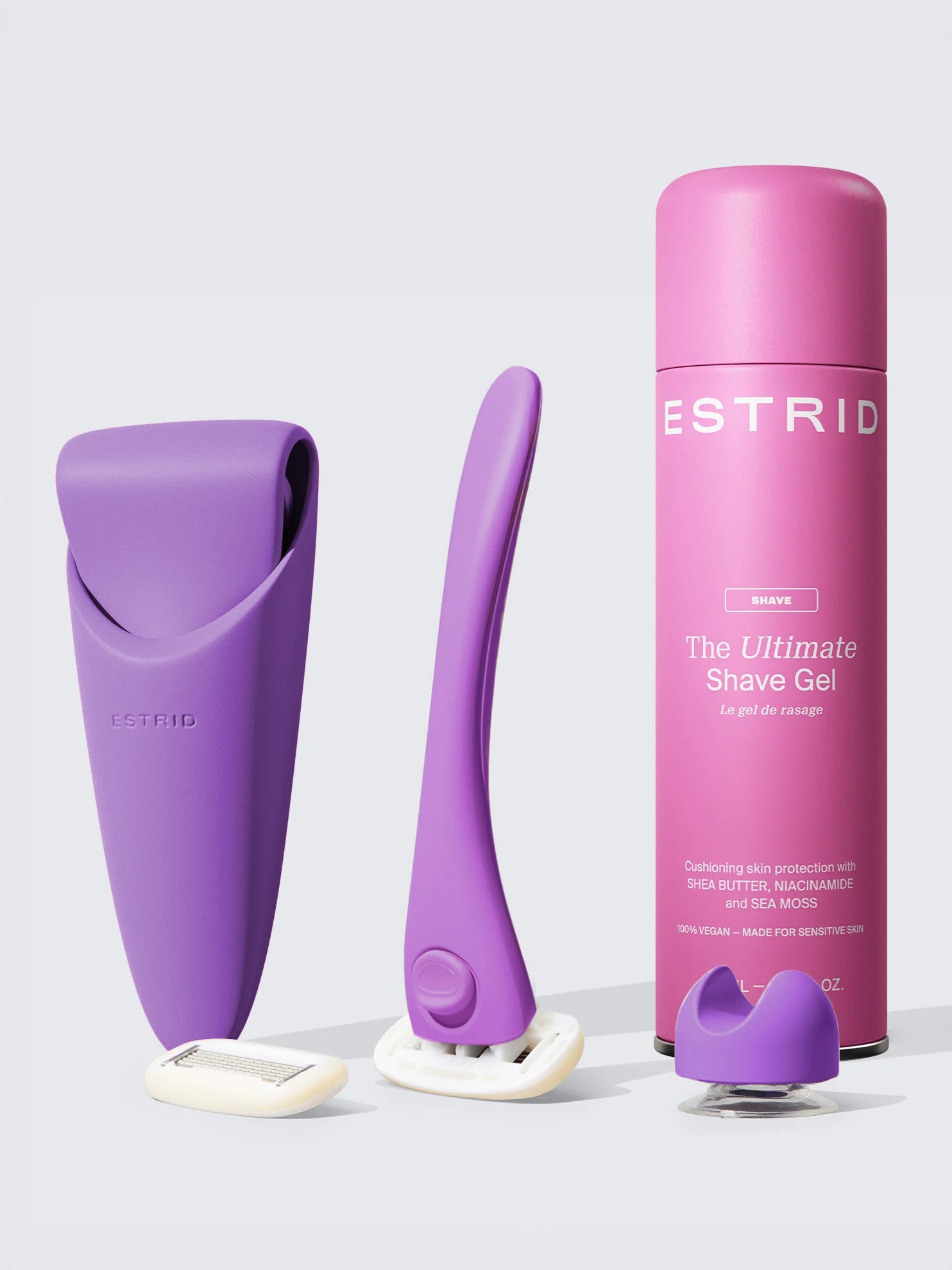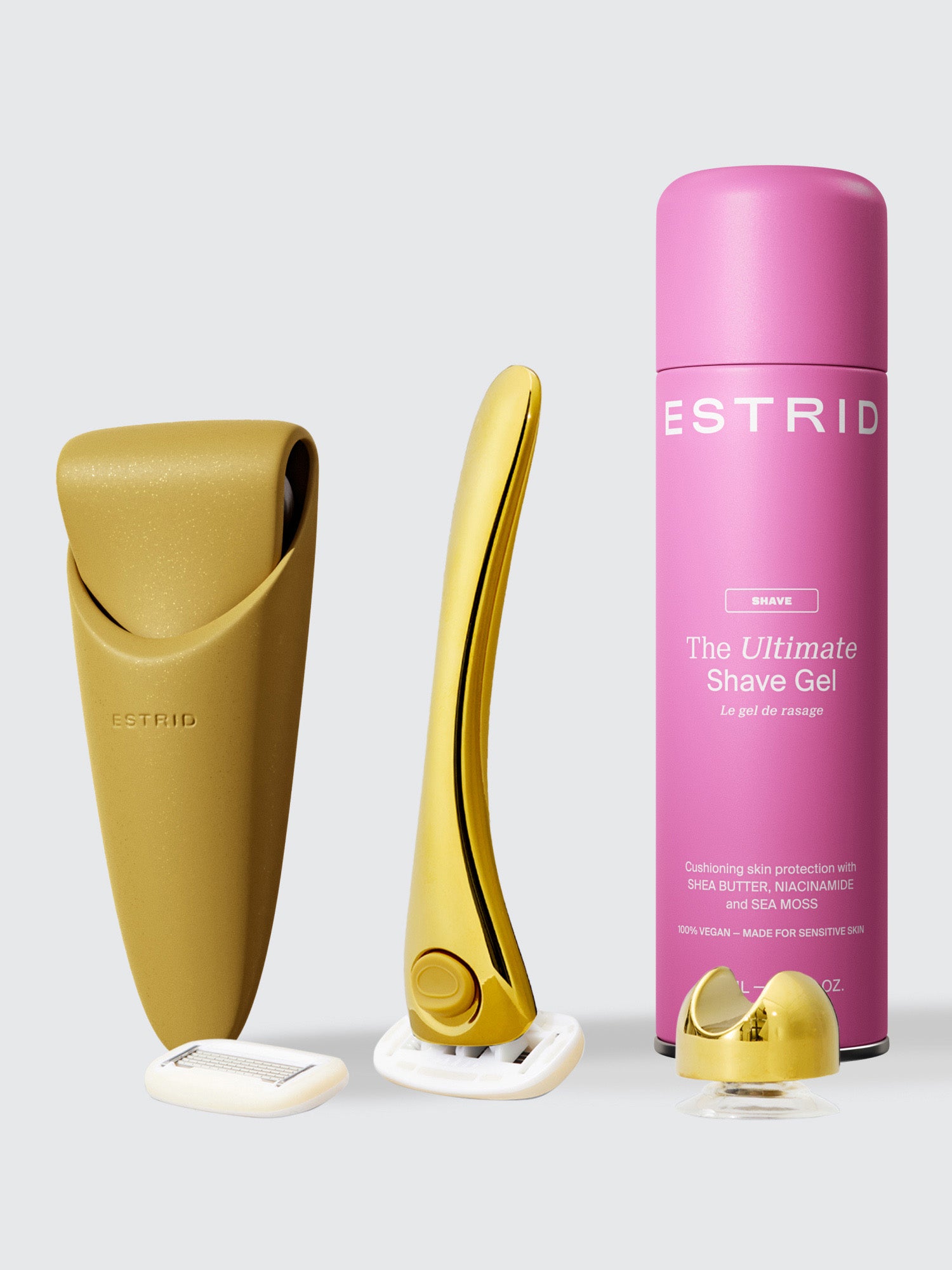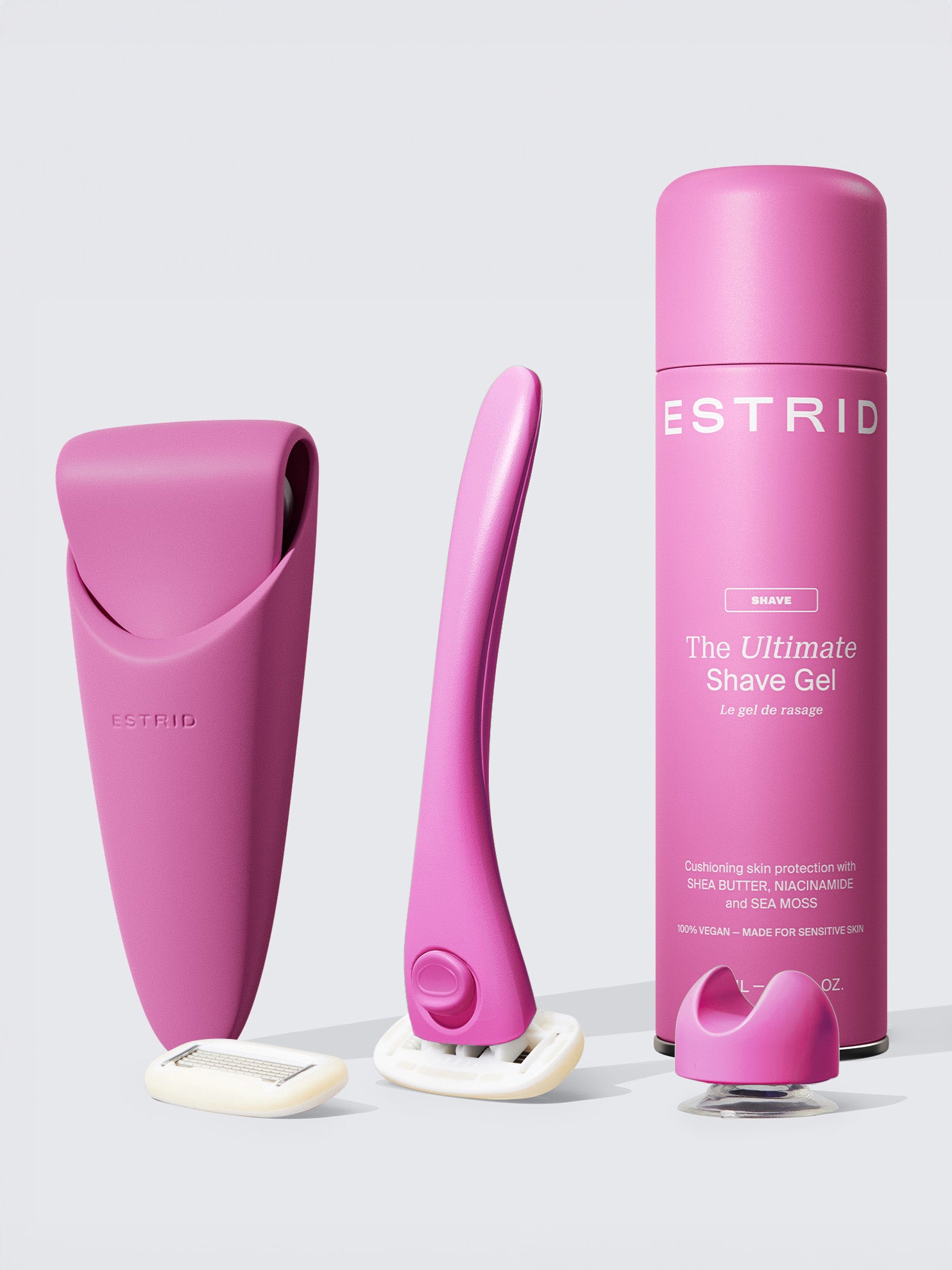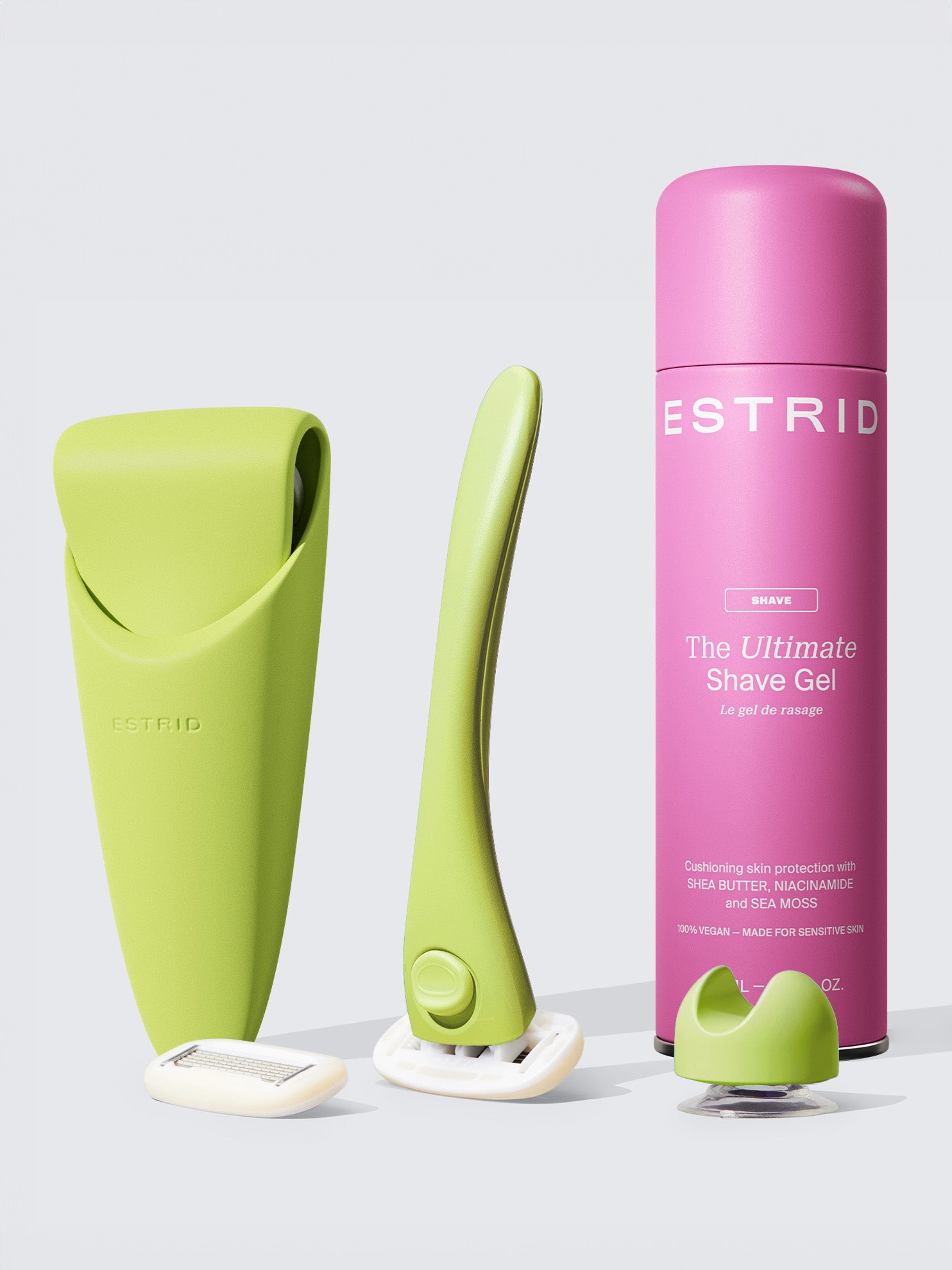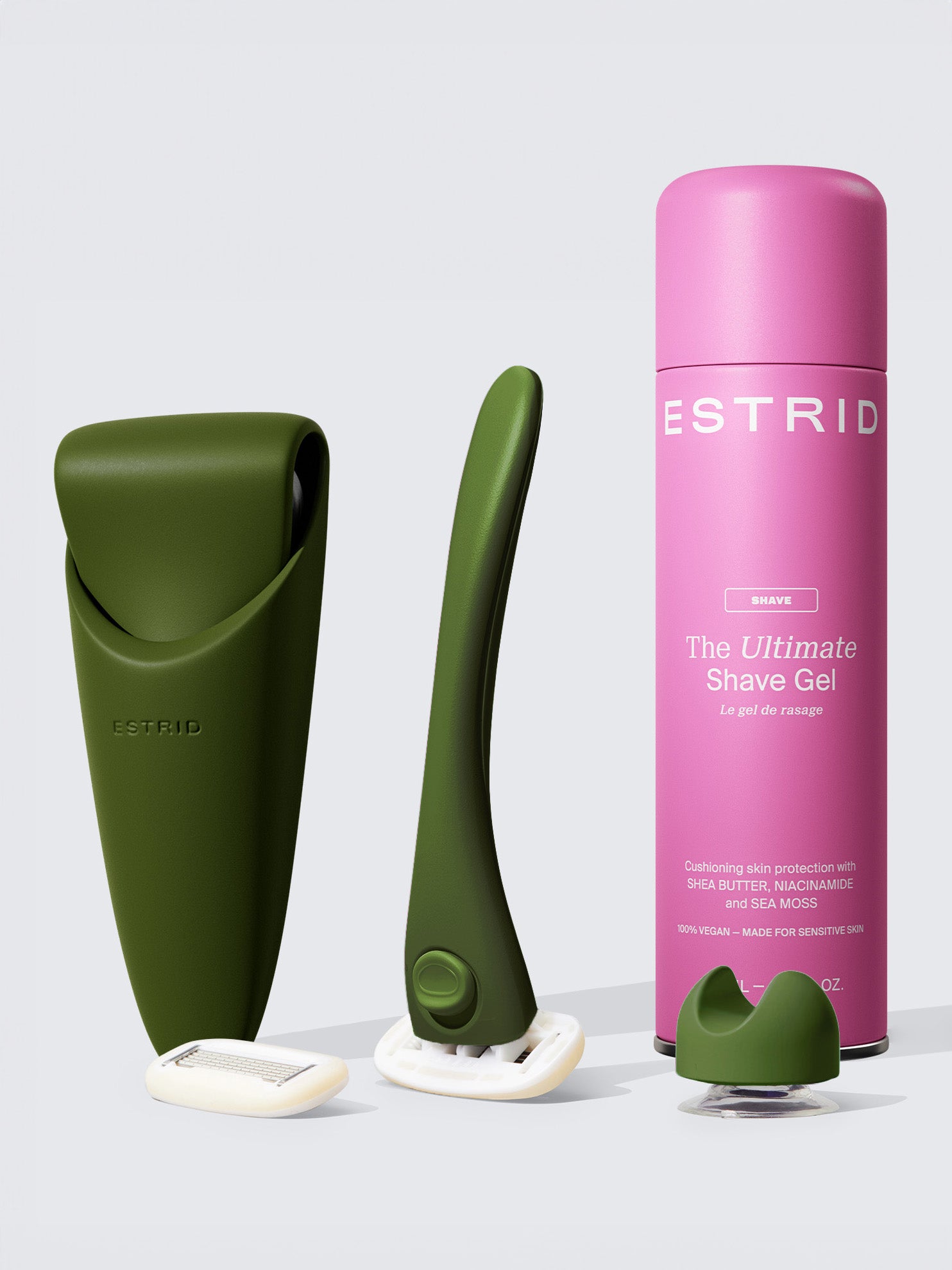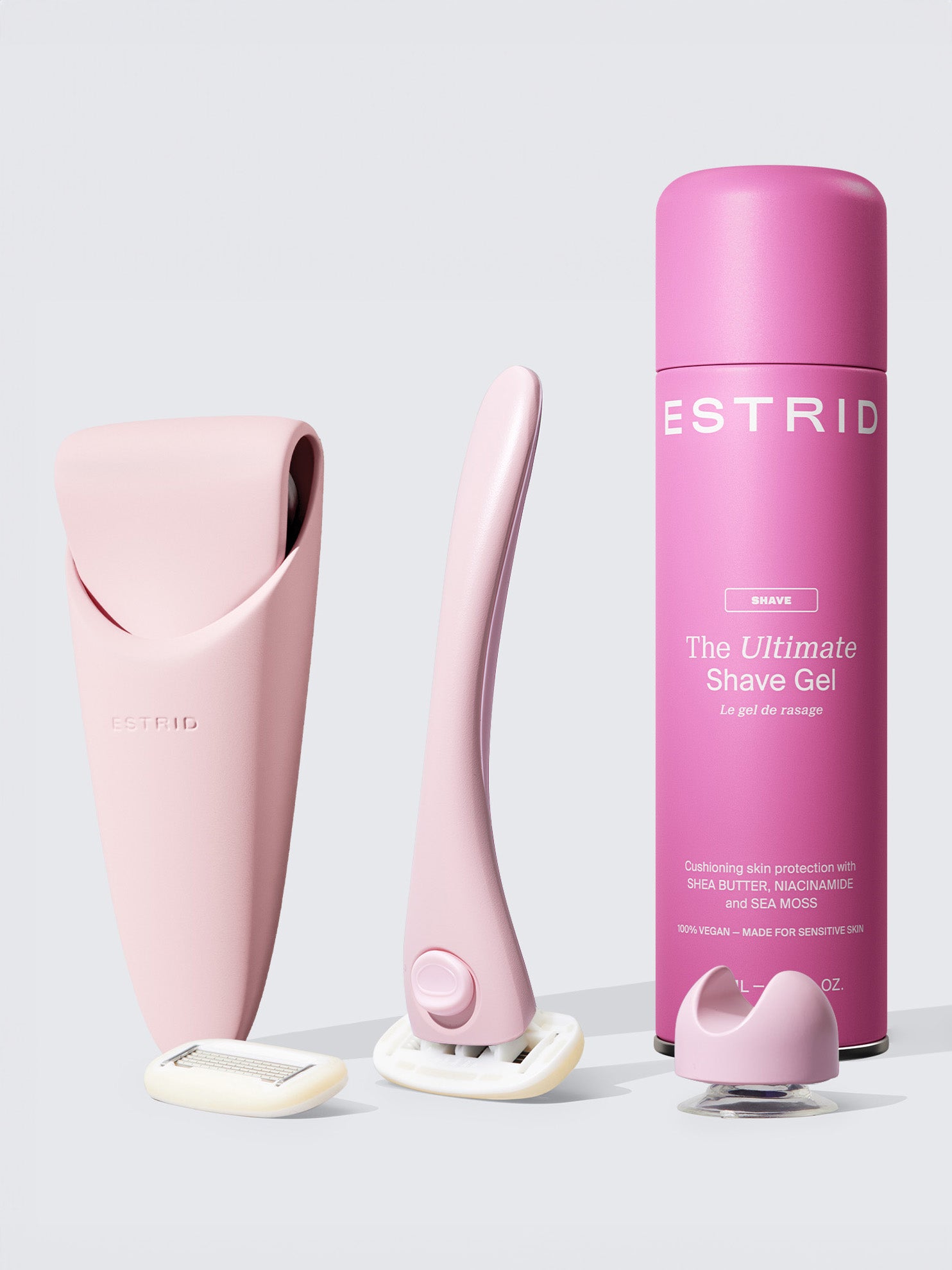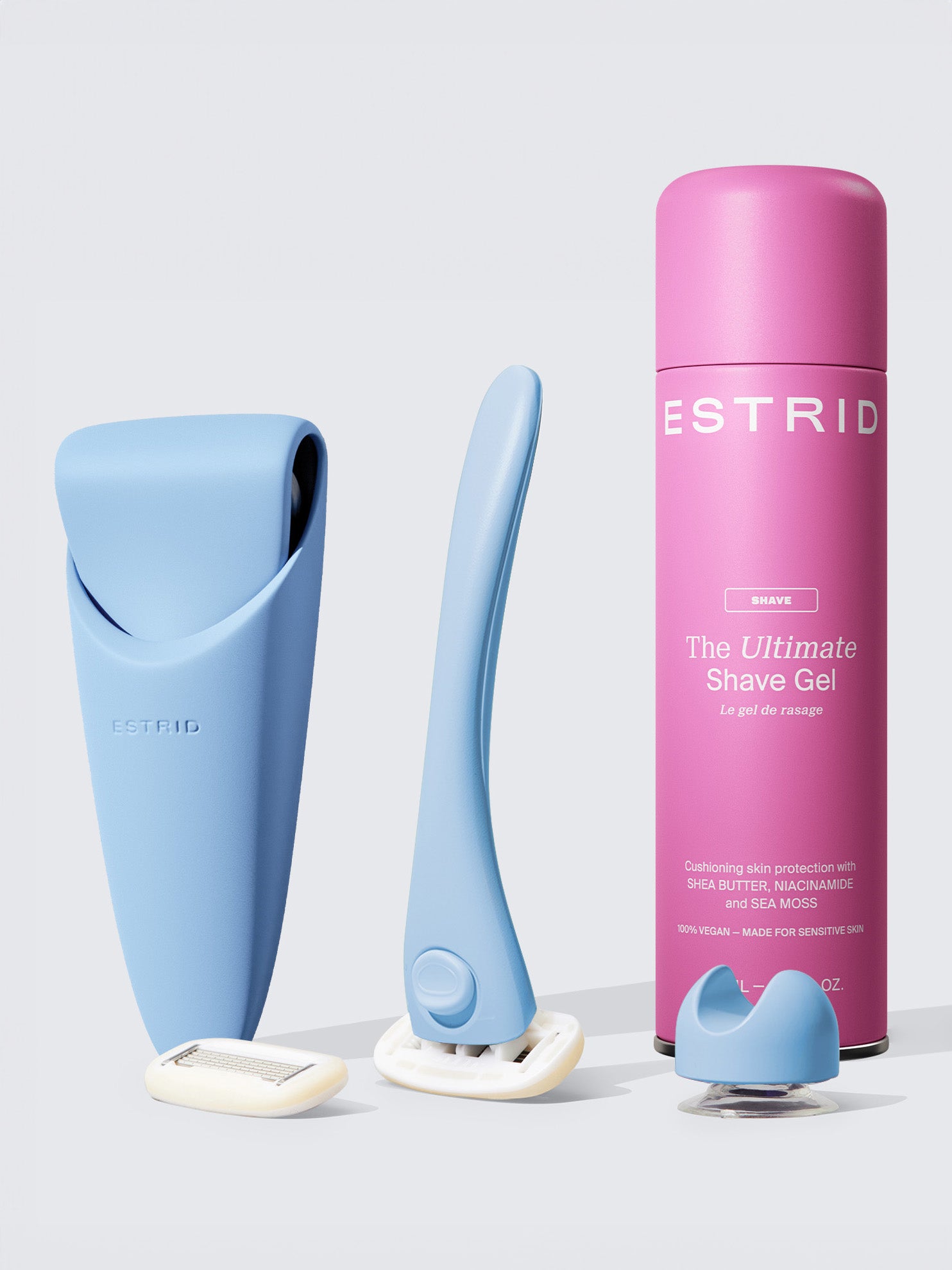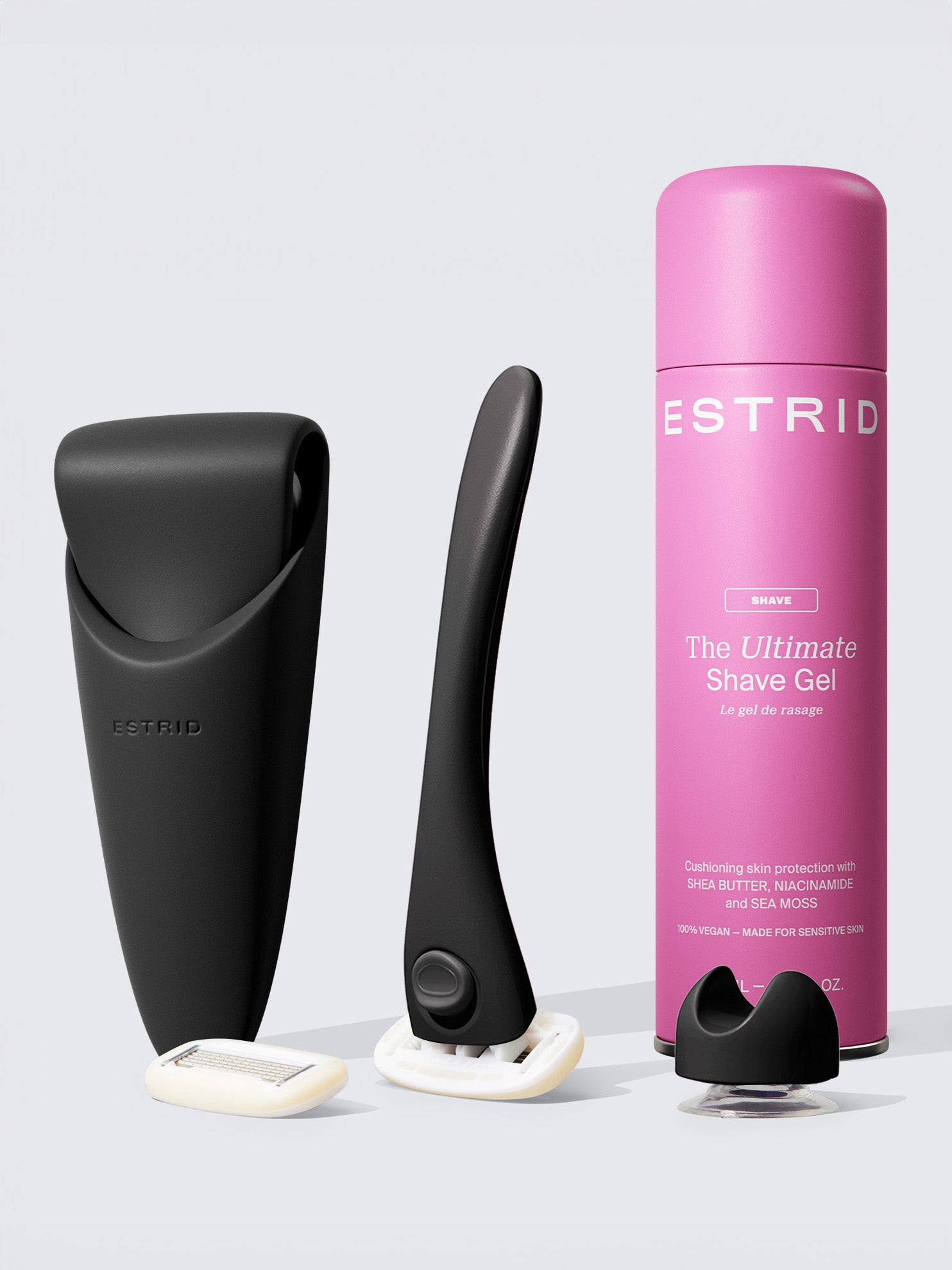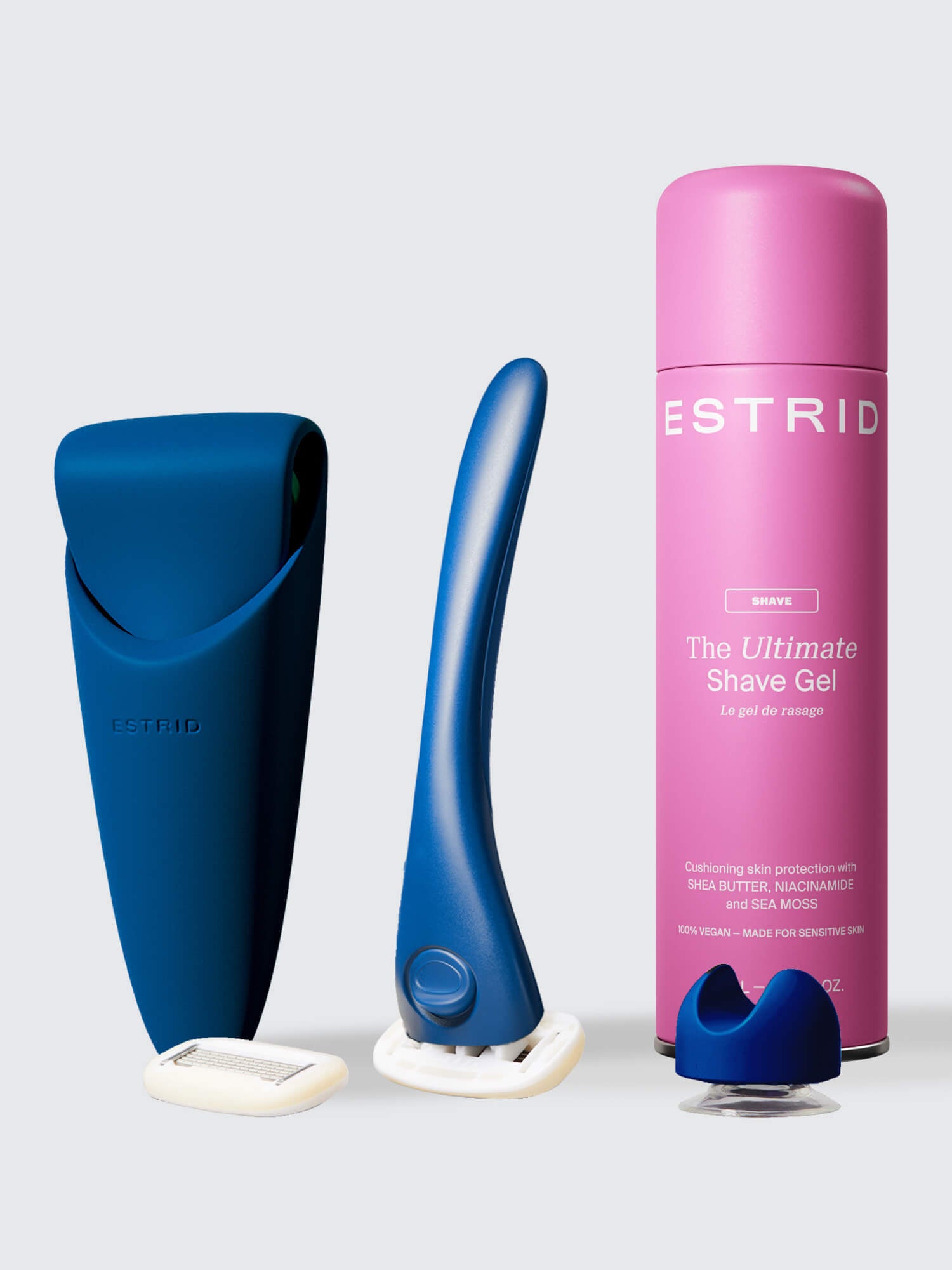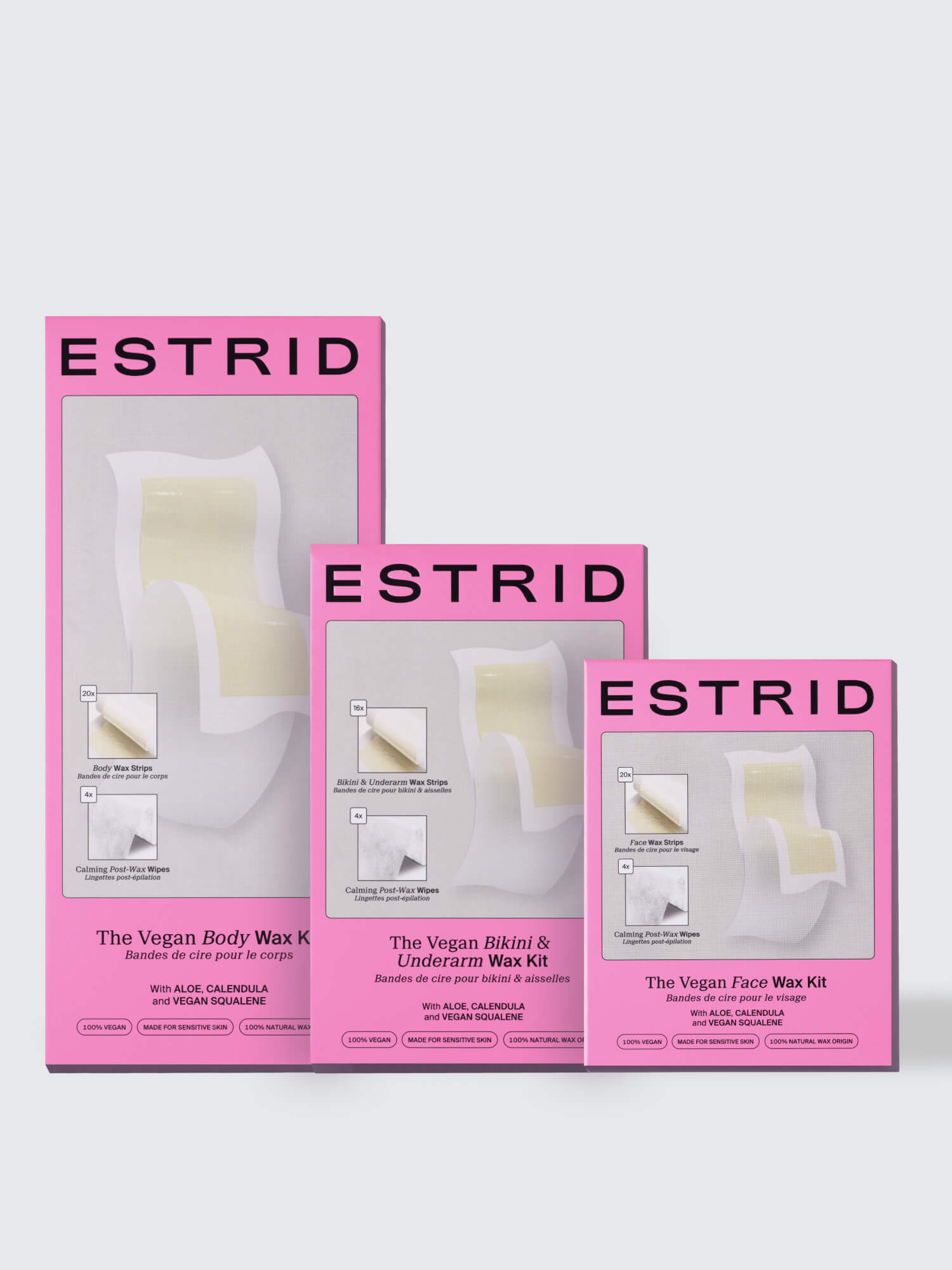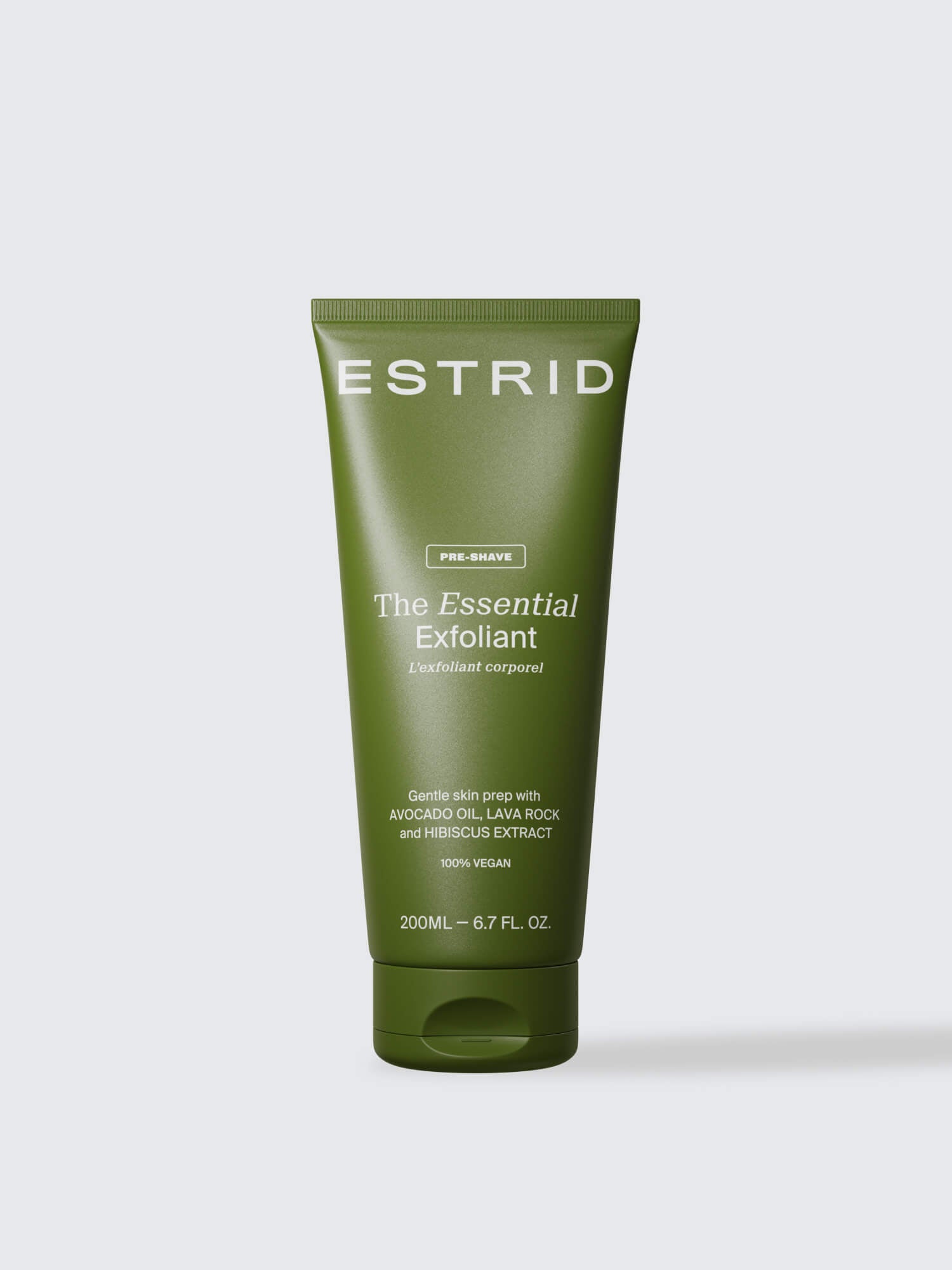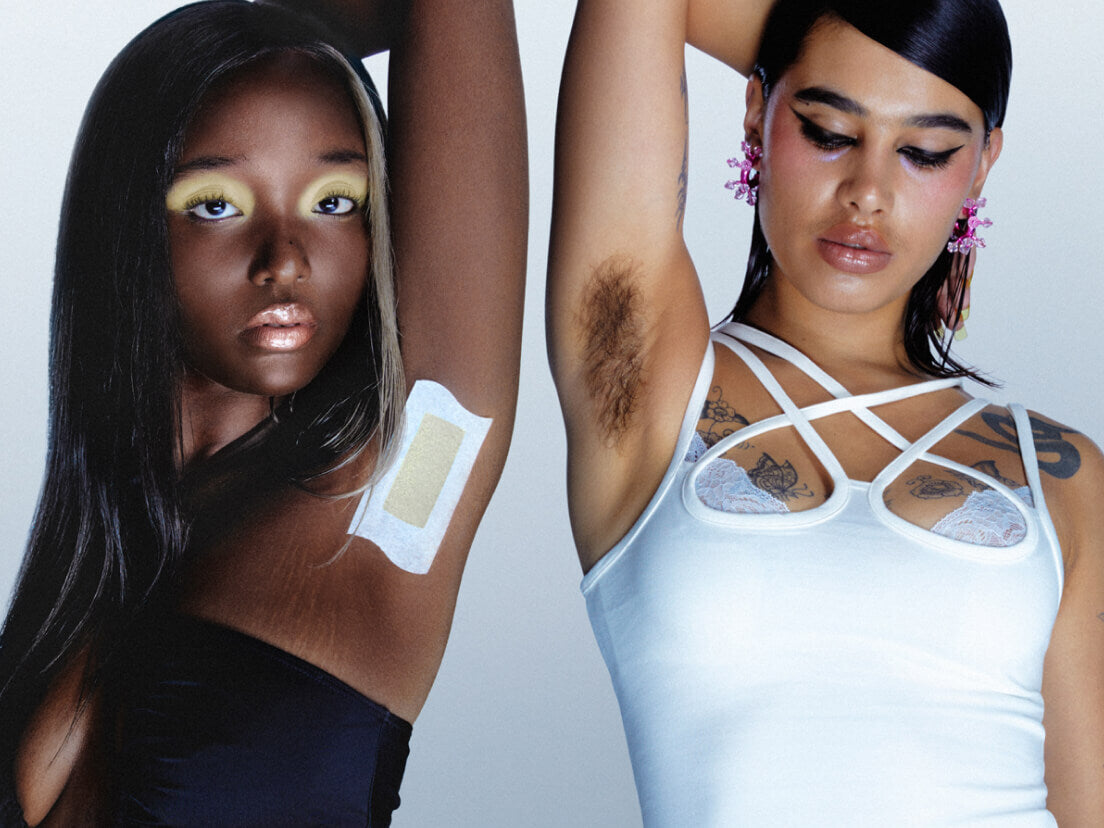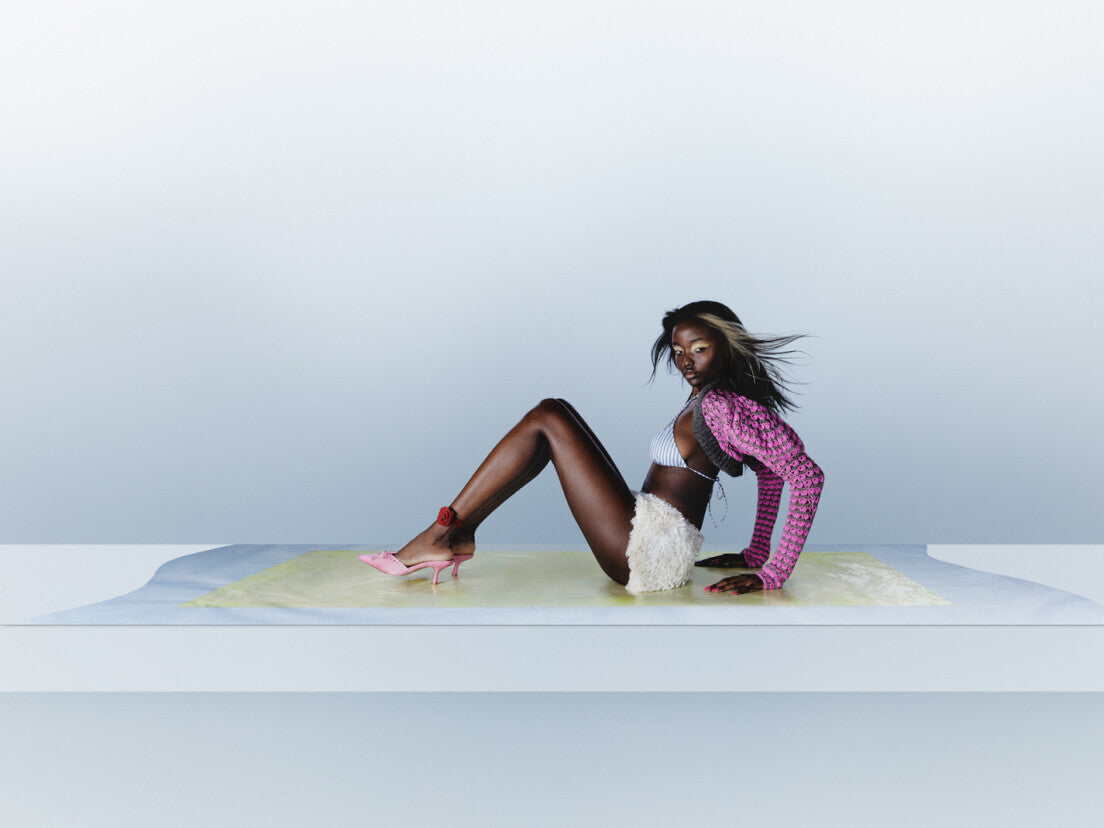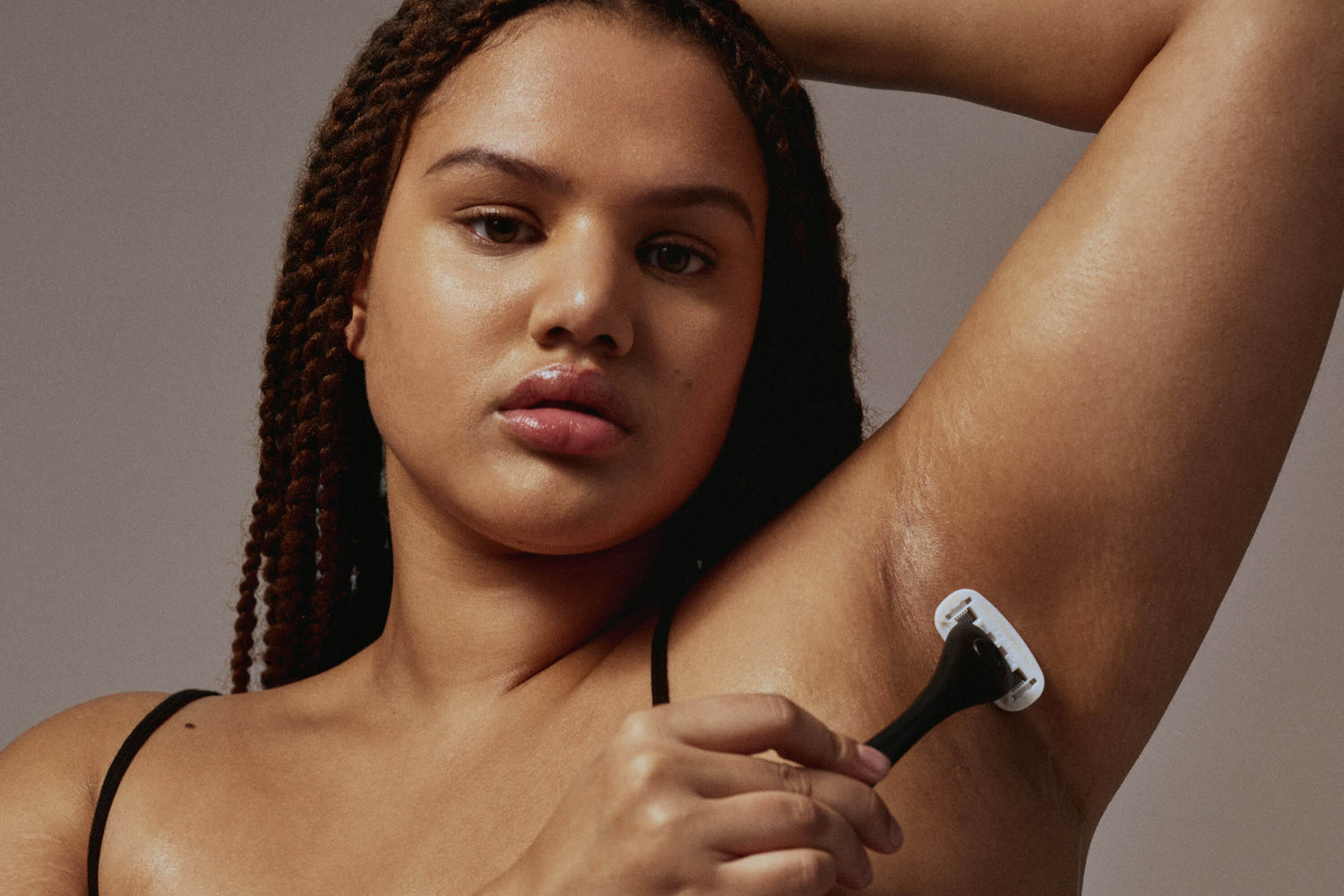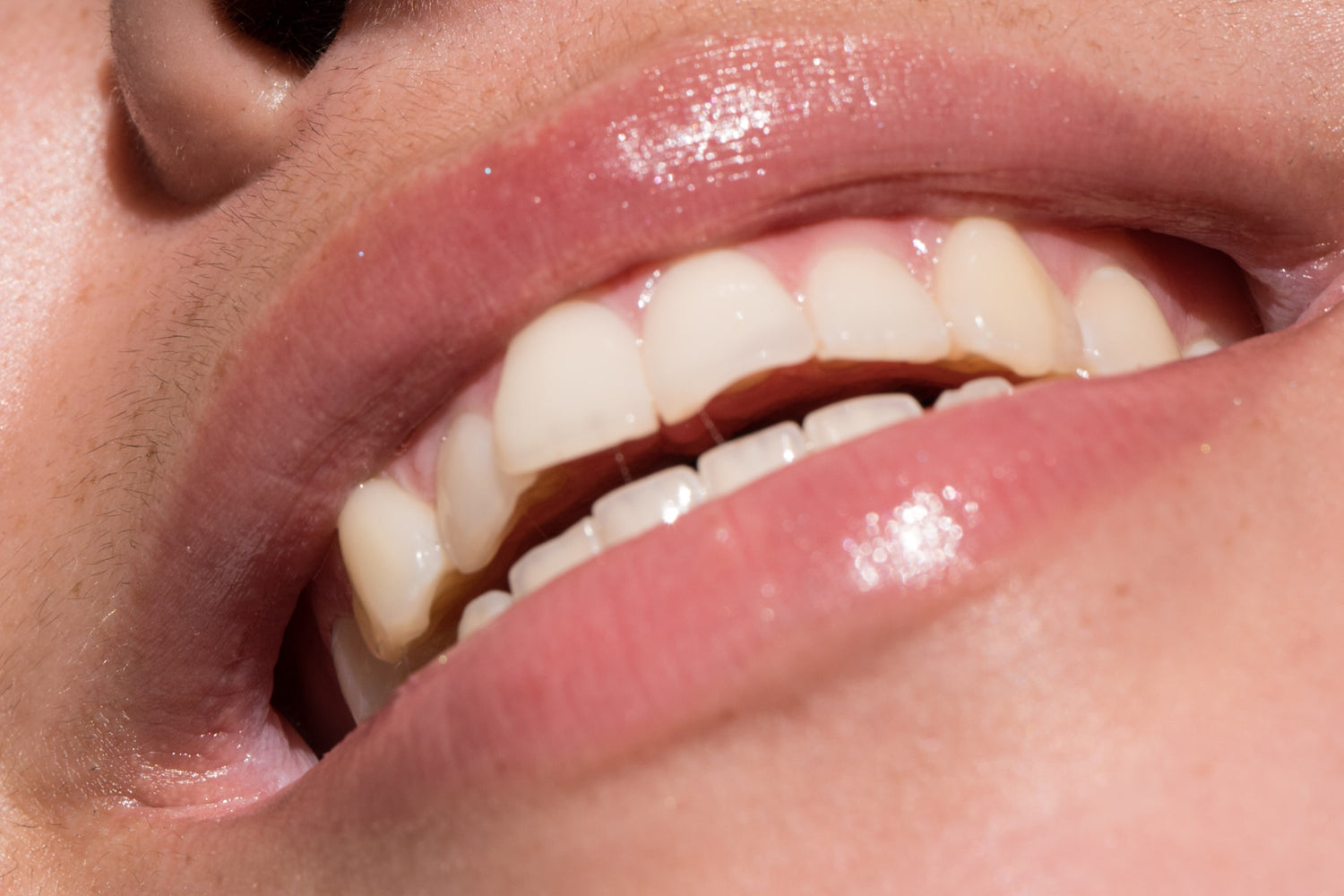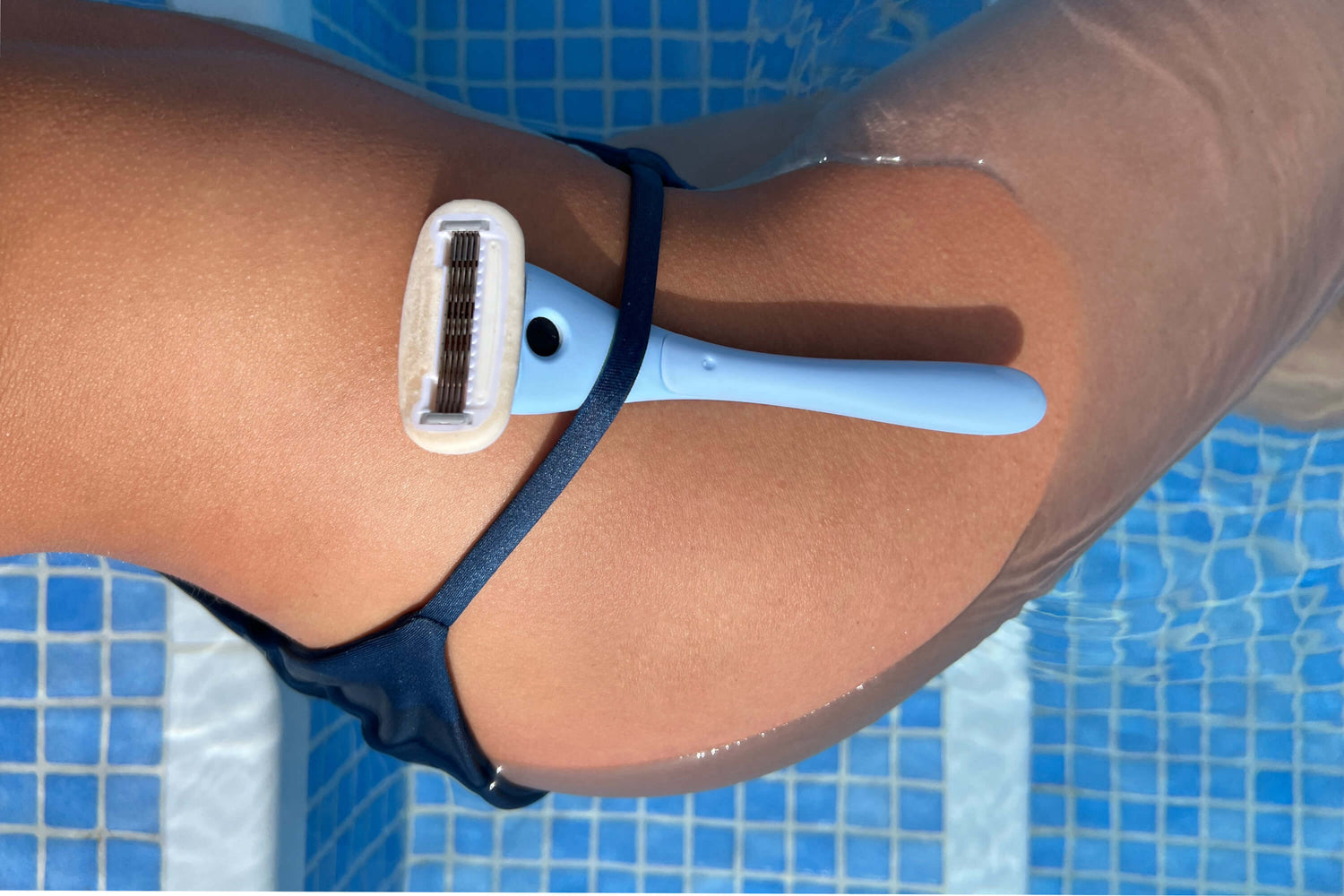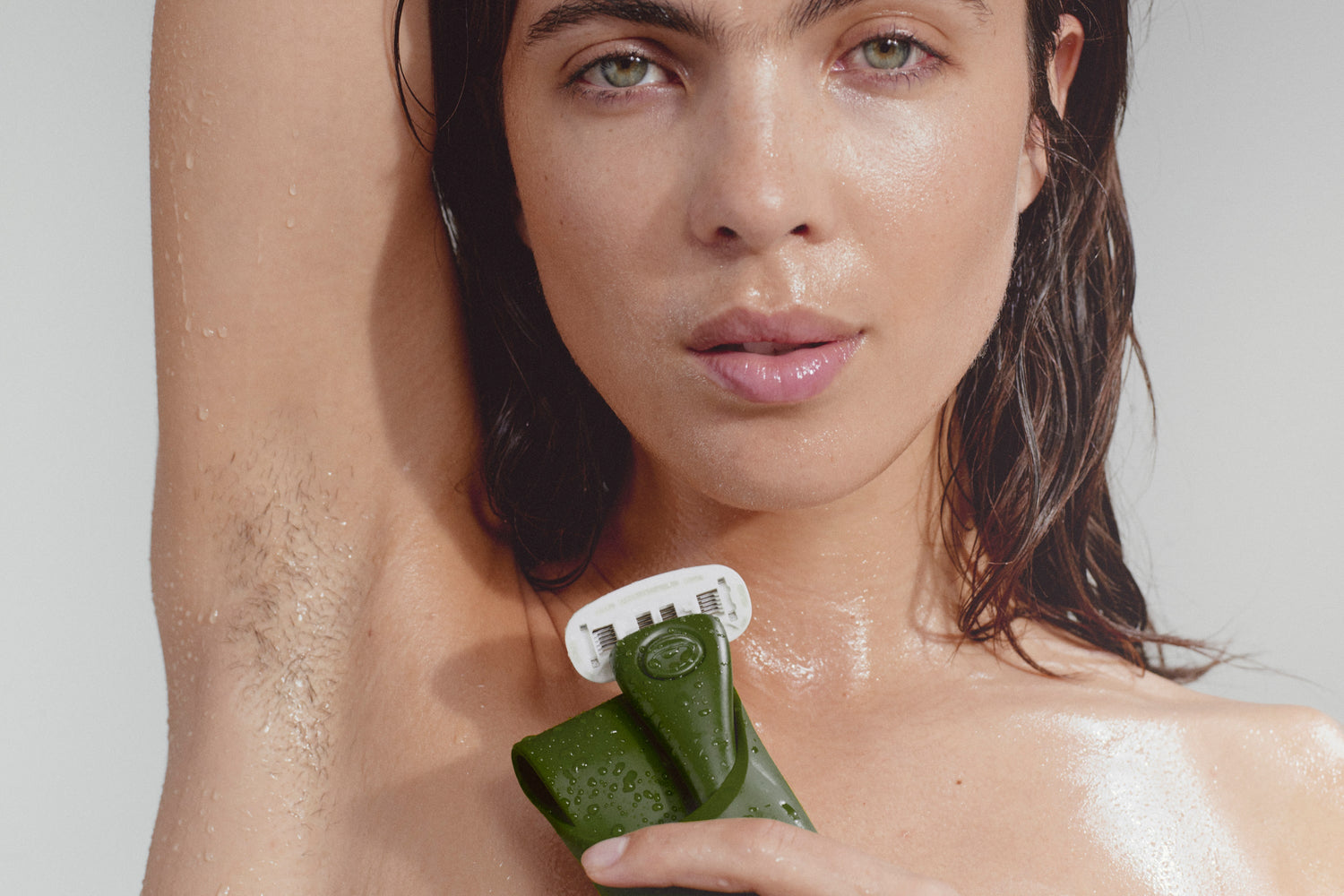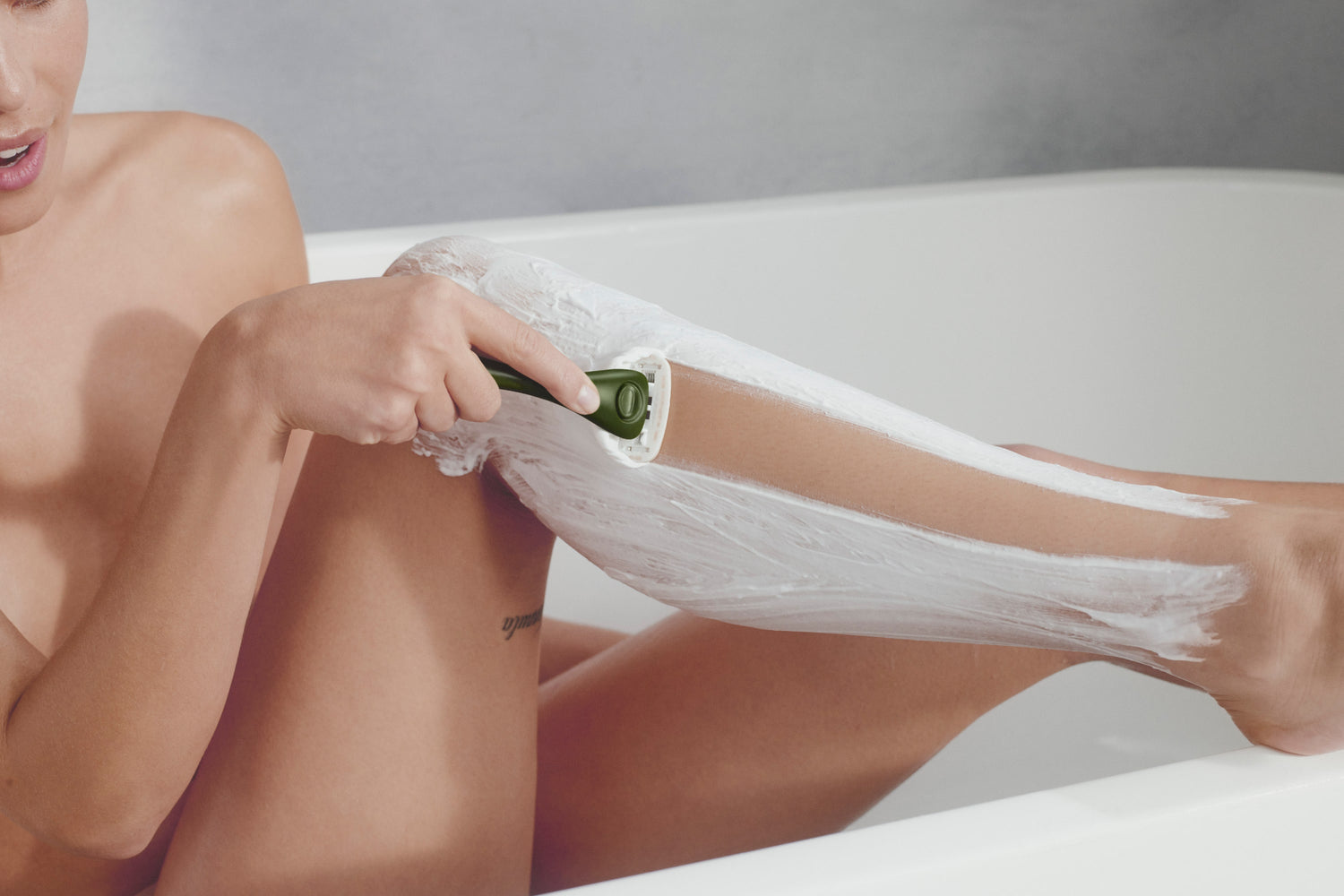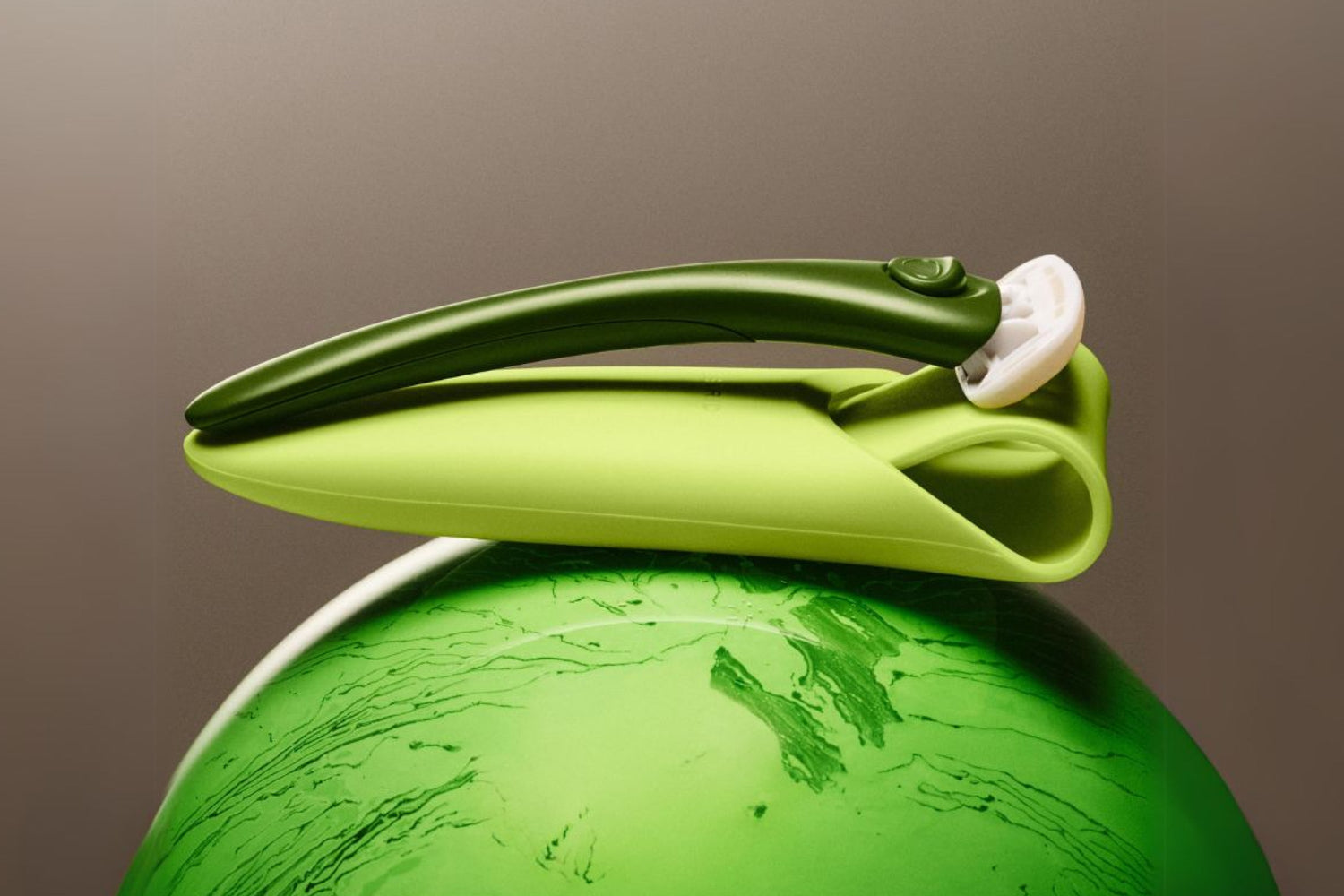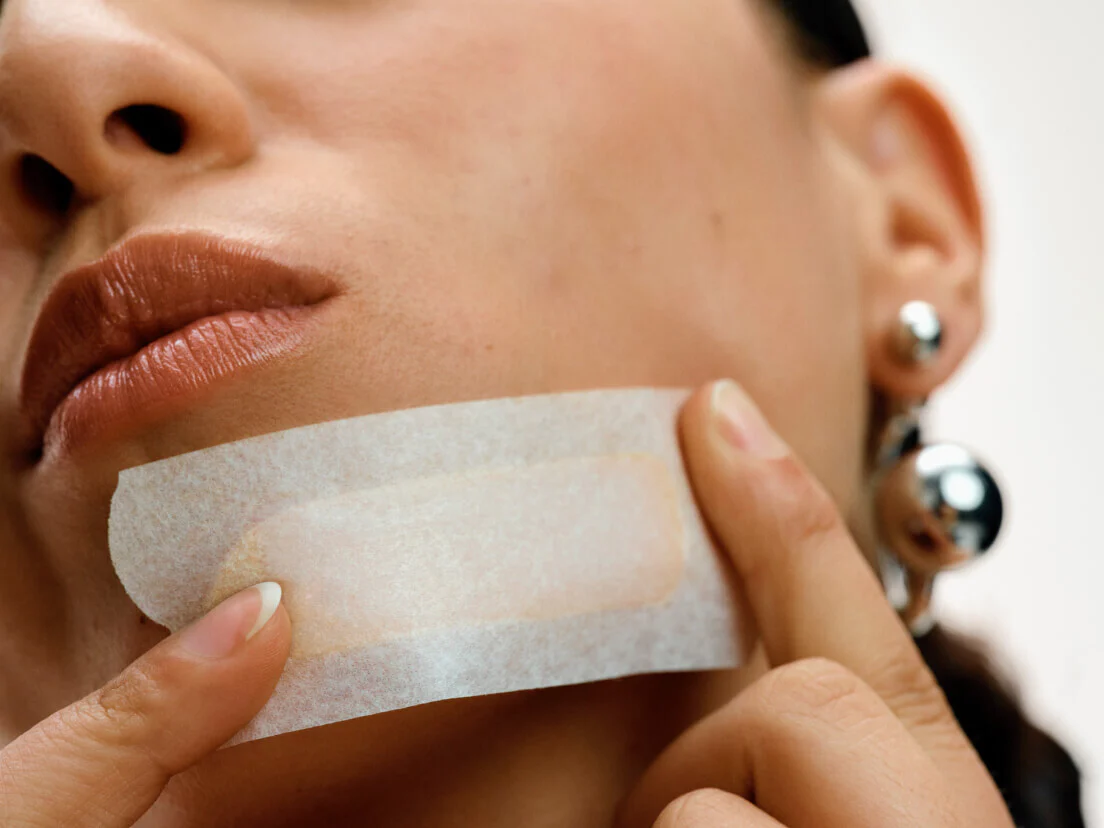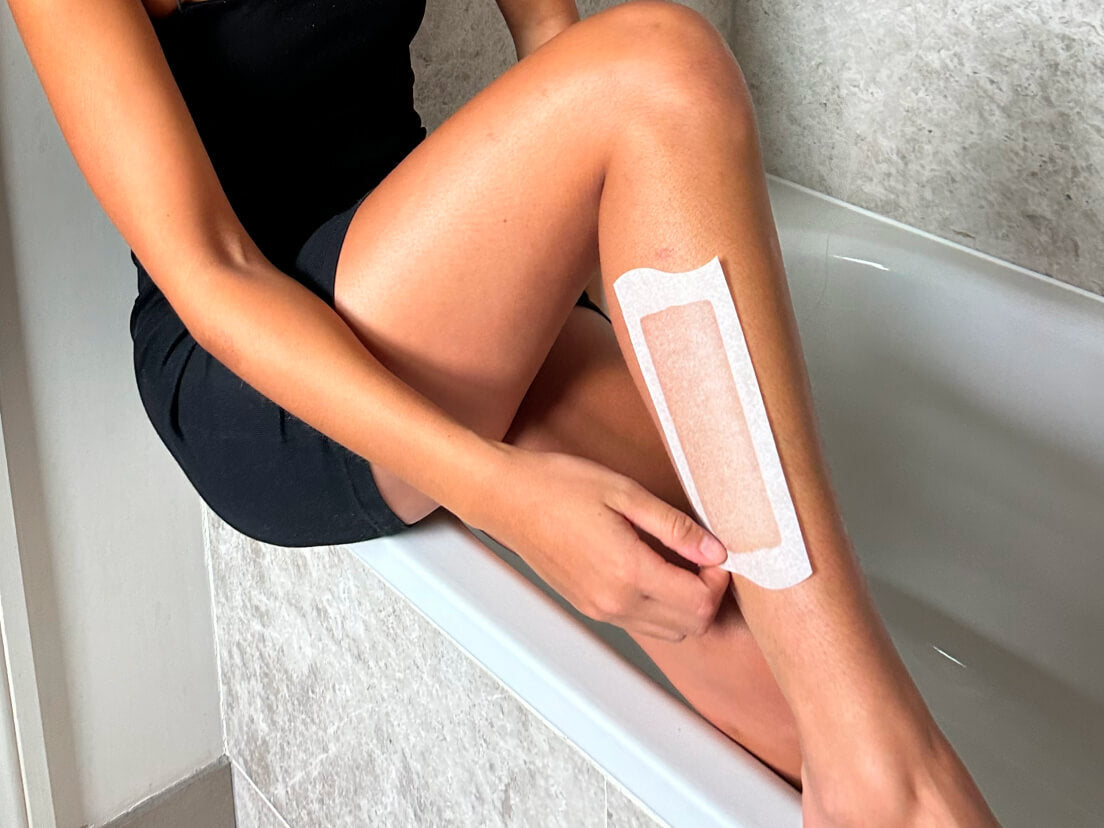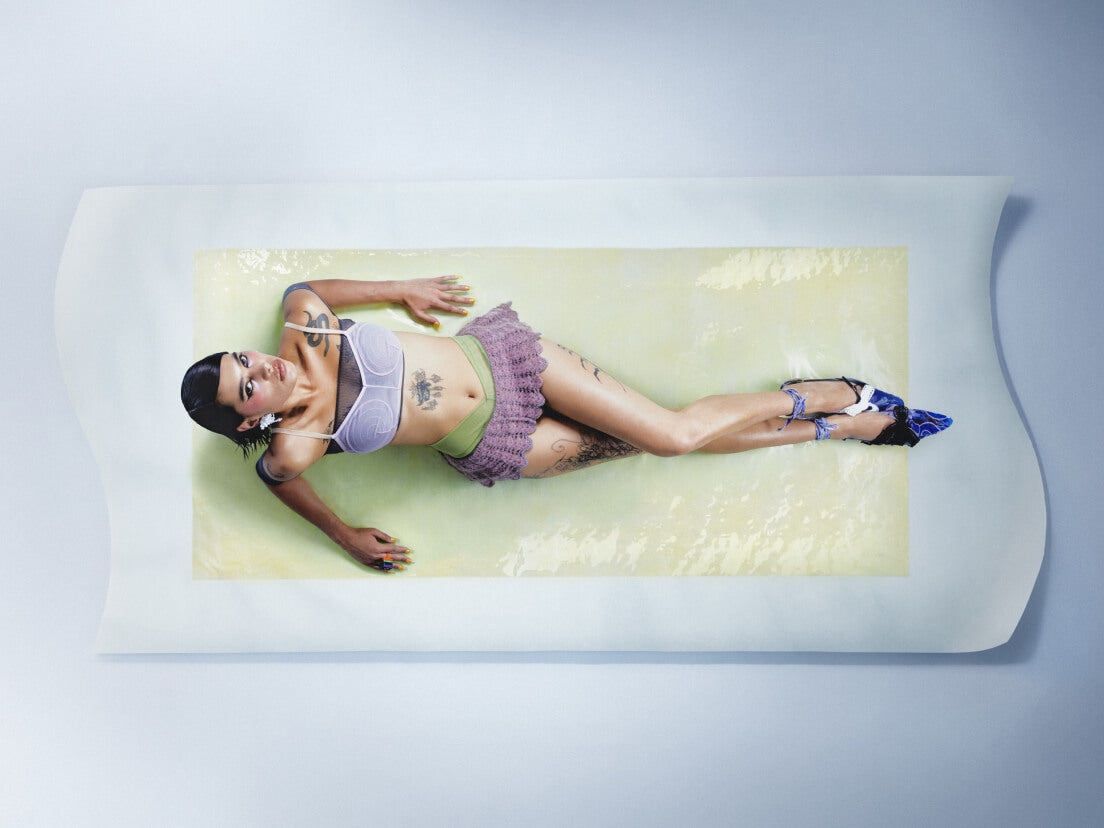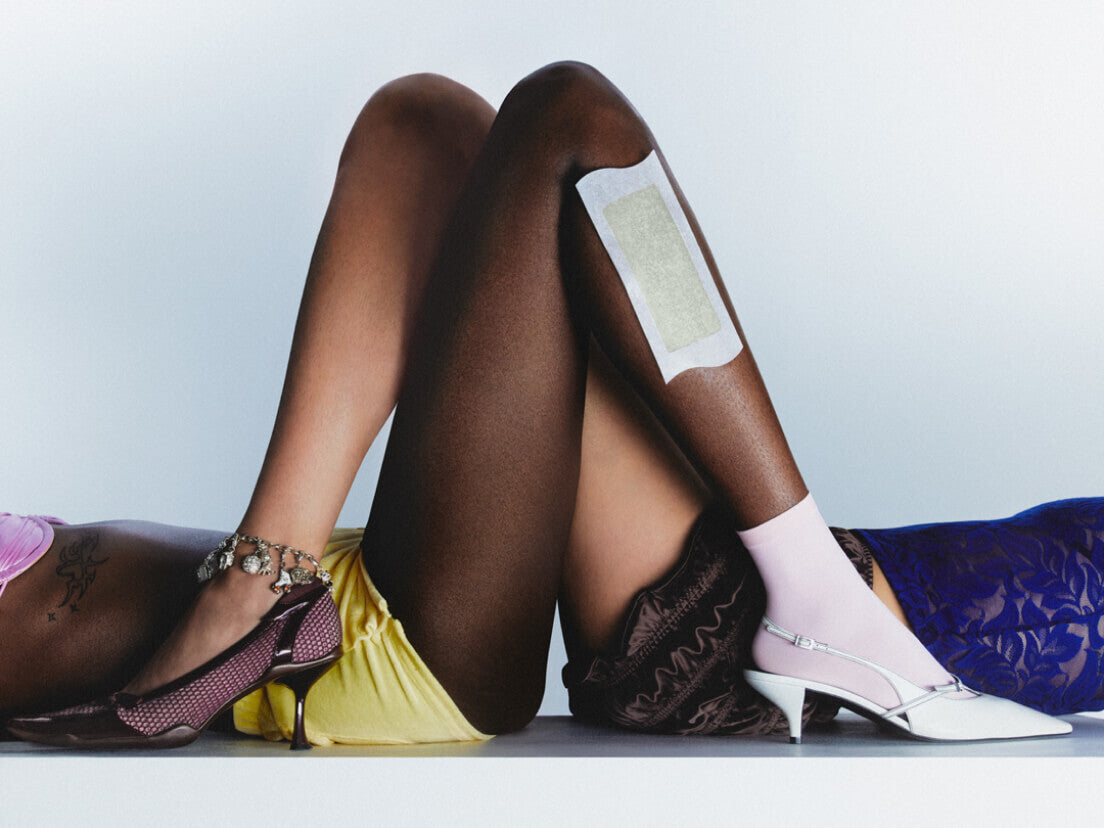Let’s set the scene - you’ve shaved your entire body to achieve glossy, dolphin-like skin because that's the vibe you're feeling. Maybe you’ve got a friend's wedding - we don’t blame you for wanting to feel super smooth in the dress you still haven’t bought yet. However, a couple of days later, you notice your newly ‘smoother-than-ever’ skin has developed red blemish-like bumps that have become irritated and sore. Enter the ingrown hair… Luckily, we’ve got some simple pimple solutions to help you get rid of dreaded ingrown hair.
What is ingrown hair?
Ingrown hair is essentially your skin's inflammatory reaction to the hair re-entering the skin. The fuzz curls backwards and gets trapped which can make the skin itchy giving you sore spots, bumps, redness and even whiteheads.
What causes ingrown hair on the legs?
It’s a genetic thing
People with beautiful thick, coarse or curly hair are more likely to experience pesky ingrown hairs on your legs, pubic and thigh areas. After removing hair – whether that's by waxing, shaving or tweezing – hair is more likely to bend back or sideways into the skin when it regrows, meaning it gets trapped.
Your pores might be clogged
On a day-to-day basis, you shed a lot of dead skin cells, which can do a pretty good job of clogging your pores. A good, gentle exfoliation a couple of times a week is the best way to keep your pores clearer for longer.
You’ve been practising hair removal (too) religiously
No! If you shave too often (especially with a dull blade), use the wrong type of wax or tweeze/squeeze an ingrown hair, it’s just a disaster waiting to happen as it can lead to infection or scarring. Try to wait for some stubble at least before you go for another round of shaving. Your skin deserves to get some rest.
Tight clothing
Wearing tight clothing, especially pants or leggings, can create sweaty friction against the skin. The constant rubbing of the fabric is a perfect storm to irritate the hair follicles causing them to swell and become ingrown.
Skin conditions
If you suffer from certain skin conditions, such as dry skin or keratosis pilaris (a common skin condition characterised by small bumps on the skin), this can contribute to the development of ingrown hairs on the legs or skin due to skin inflammation and irritated pores.

How to get rid of ingrown hair on legs – The 5 best tips
Step 1: Start exfoliating. Like right now
Step 2: Get yourself some fresh blades
Step 3: Never EVER dry shave
Step 4: Minimal pressure, please
Step 5: Keep your skin moisturised
1. Start exfoliating. Like right now
The first step is to exfoliate regularly, using your favourite gentle exfoliator. Make sure to wait a few days after shaving or waxing, as your skin will be more sensitive.
2. Get yourself some fresh blades
Always use a sharp blade when shaving. We recommend using your Estrid blade 5-7 times before replacing it. This will guarantee a closer, smoother shave without irritating the skin. It’s a pretty lovely feeling. You can try our Razor Starter Kit Subscription - THE best razor to avoid ingrown hairs.
3. Never EVER dry shave
If there were an eleventh commandment, this would be it. Dry shaving is bound to be a bad experience, and we wouldn’t recommend it to anyone. A great way to prevent ingrown hair on your legs is to use a shaving gel, like our beloved Ultimate Shave Gel. It’s the perfect glide and guide hybrid product, add a layer to your skin, lather it up, and never miss a bit again. Dolphin-smooth approved.
4. Minimal pressure, please
You don’t get a closer shave by adding pressure, pressing too hard actually causes friction and might lead to nicks and cuts.
5. Keep your skin moisturised
Every time you shave, you want to get into the habit of keeping your skin super moisturised. If you store your moisturiser in an easy-to-reach post-shave place you’ll be building hydrated silky skin rituals in no time.

How to prevent ingrown hair on your inner thigh
Everything you have read above applies to the thighs. You may have experienced thigh bumps, they are often more uncomfortable than ingrown hair on your legs, as they rub against your thighs as you move. Take a look below for some tips to kick these little ingrown hairs for good.
Give your skinny jeans or tight leather pants a week or two off, and bring in the baggy, loose-fitting trousers. Linen or cotton is our material of choice but at this point, anything wide-legged is a better option for your skin.
Wash, pat, and moisturise – make sure to keep the area clean, dry and hydrated at all times. It’s super important to keep the skin free of dirt if the bumps are infected.
Infected ingrown hair on your thighs - what is the best thing to do?
It’s good to remember that ingrown hairs generally go away on their own. Just keep an eye on them. If they start to develop into a cystic infection, you’ll notice a change in colour and texture, from a small red pimple to a larger, generally harder, and sometimes pus-filled bump. It’s best to give your Dr a bell. They can refer you to a dermatologist who will give you specific washes and creams that will help speed up the healing process.
How long does it take to get rid of ingrown hairs on legs?
So, this is a burning question, we wish we could answer straight up, no messing, however, it is hard to generalise because everybody and their hair is different. The general rule of thumb is influenced by the depth of the ingrown hair, the thickness of the skin, and your healing speed. In the best-case scenario, your ingrown hair moment will come and go within a matter of days. They can, however, last a little longer perhaps up to a few weeks. With a super severe case, it may take even longer to clear and even require medical attention.
